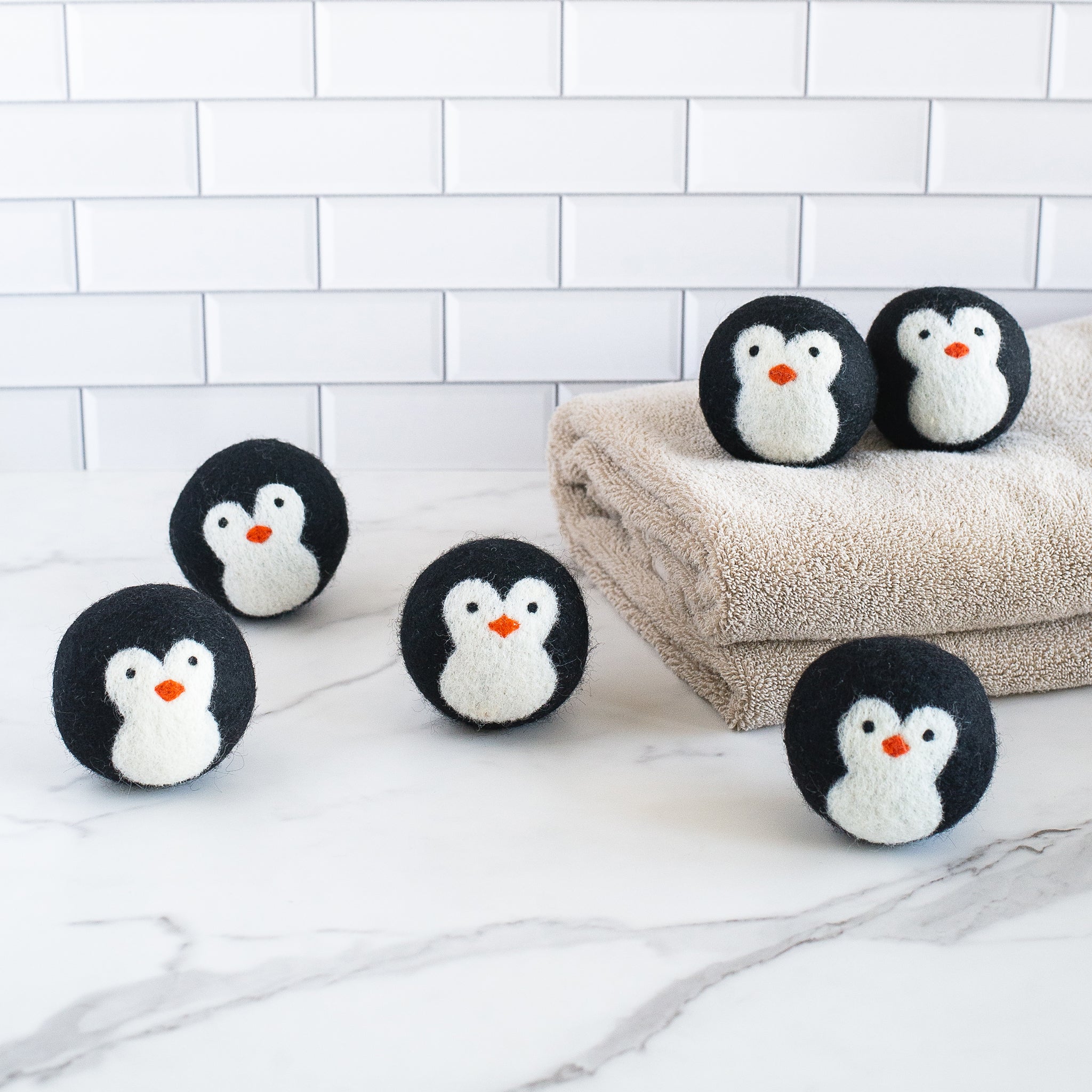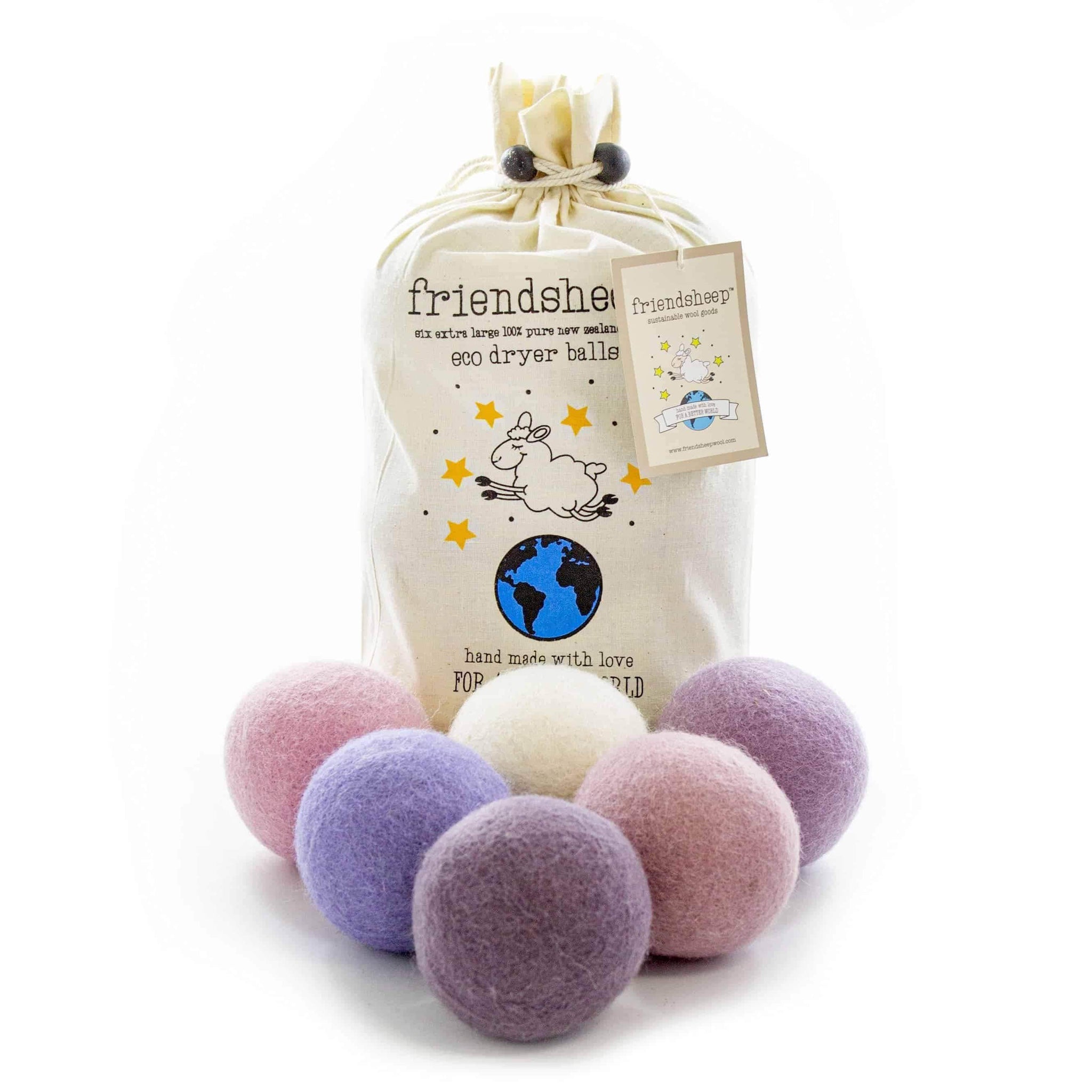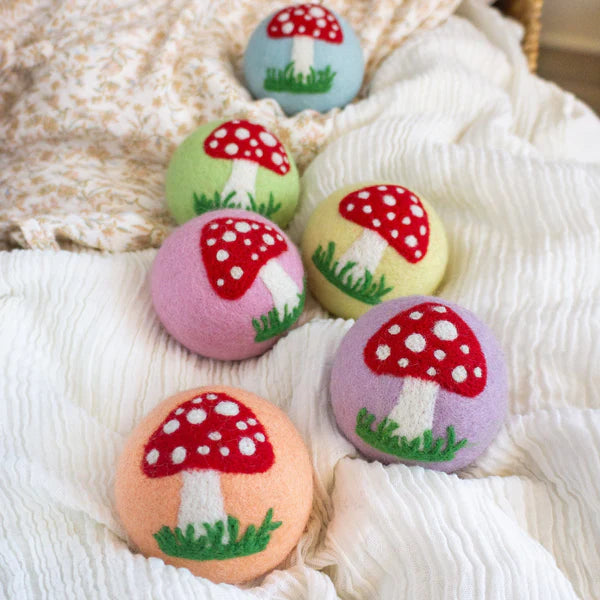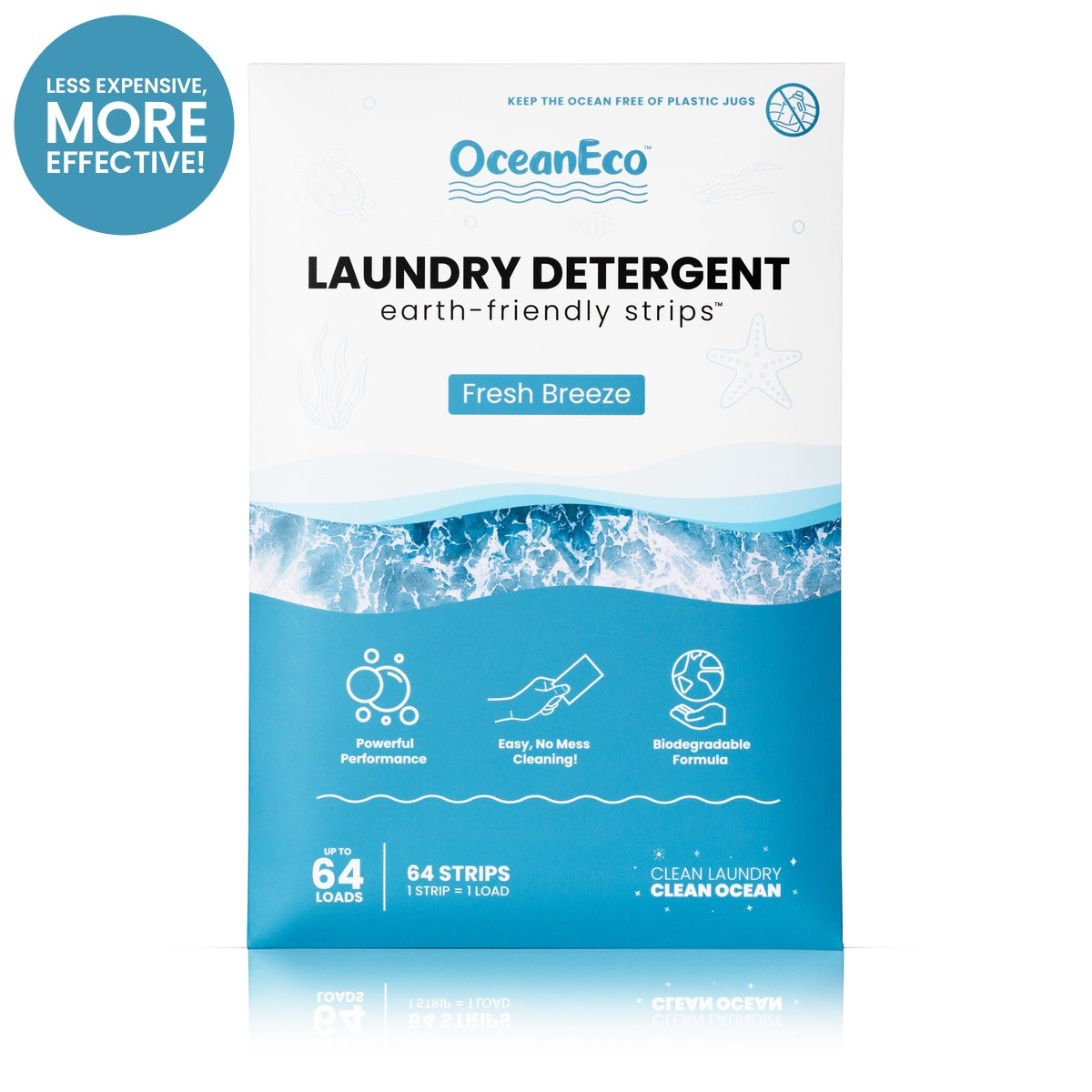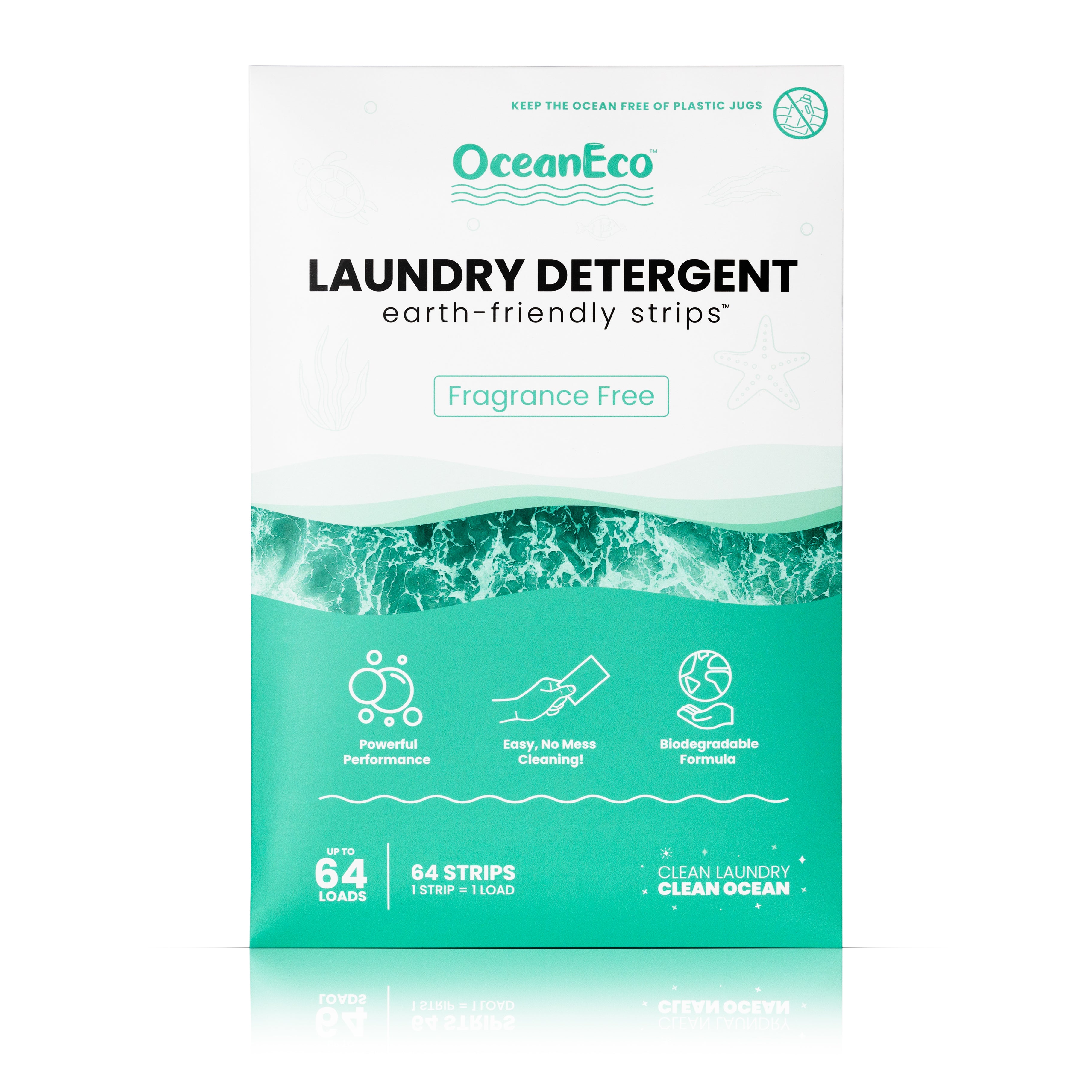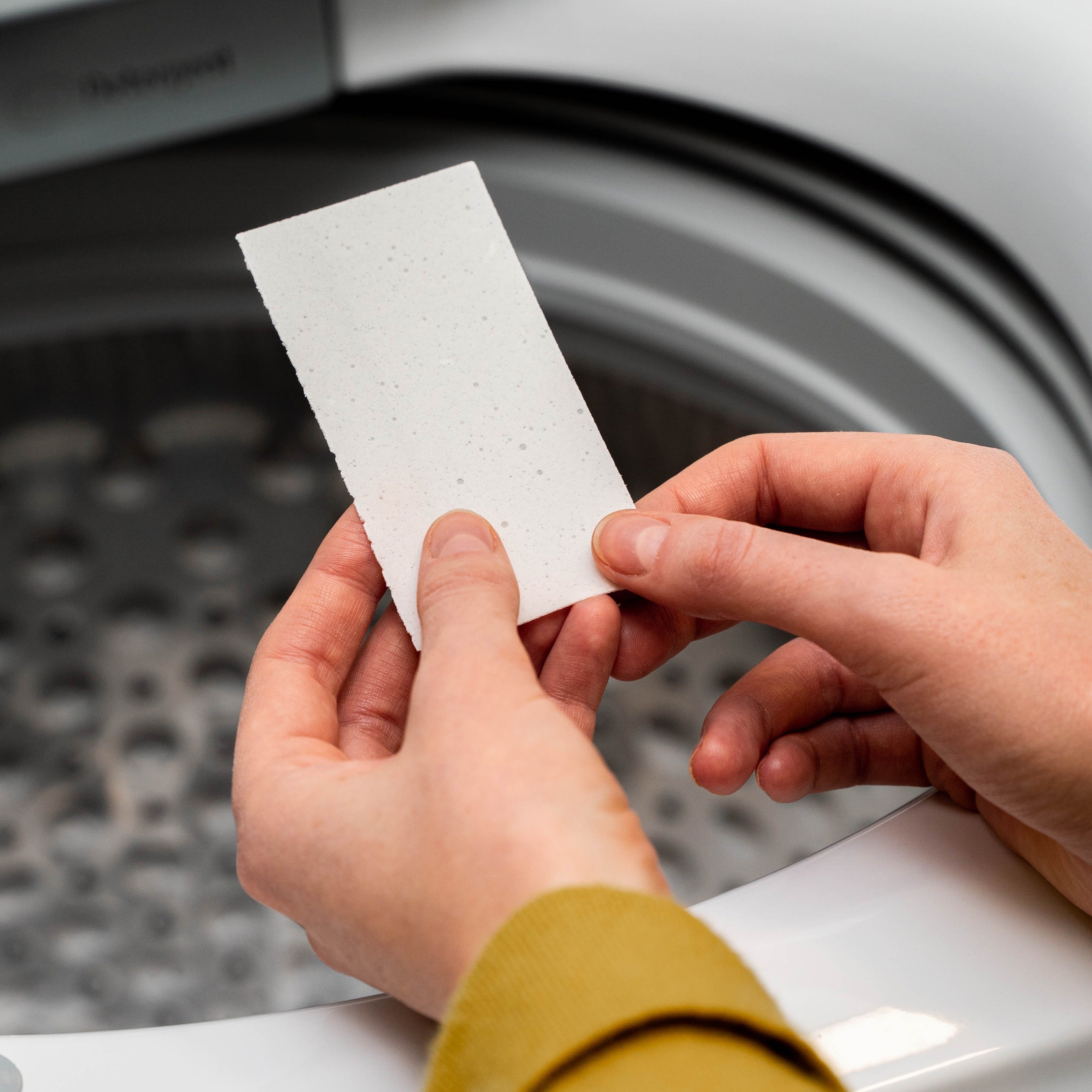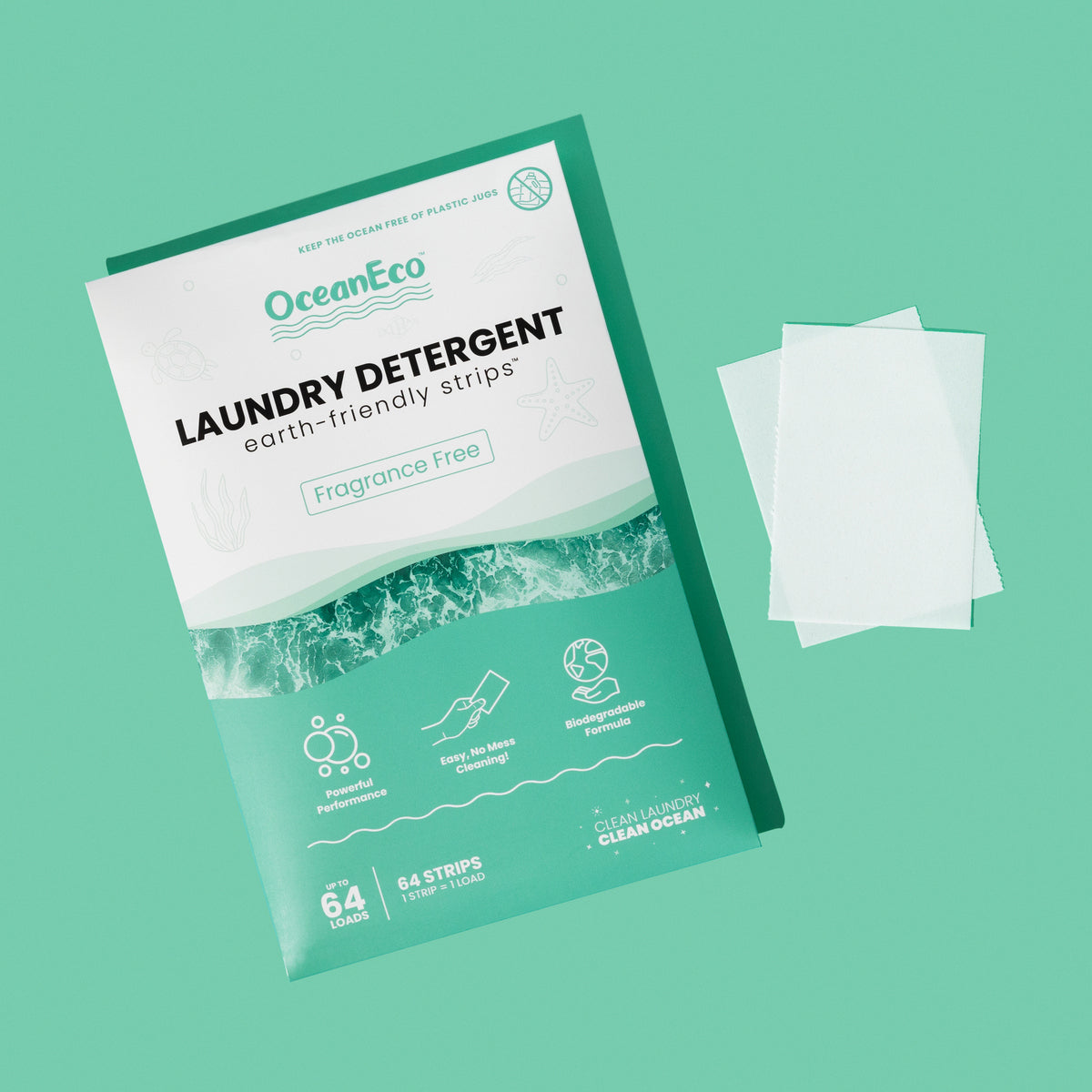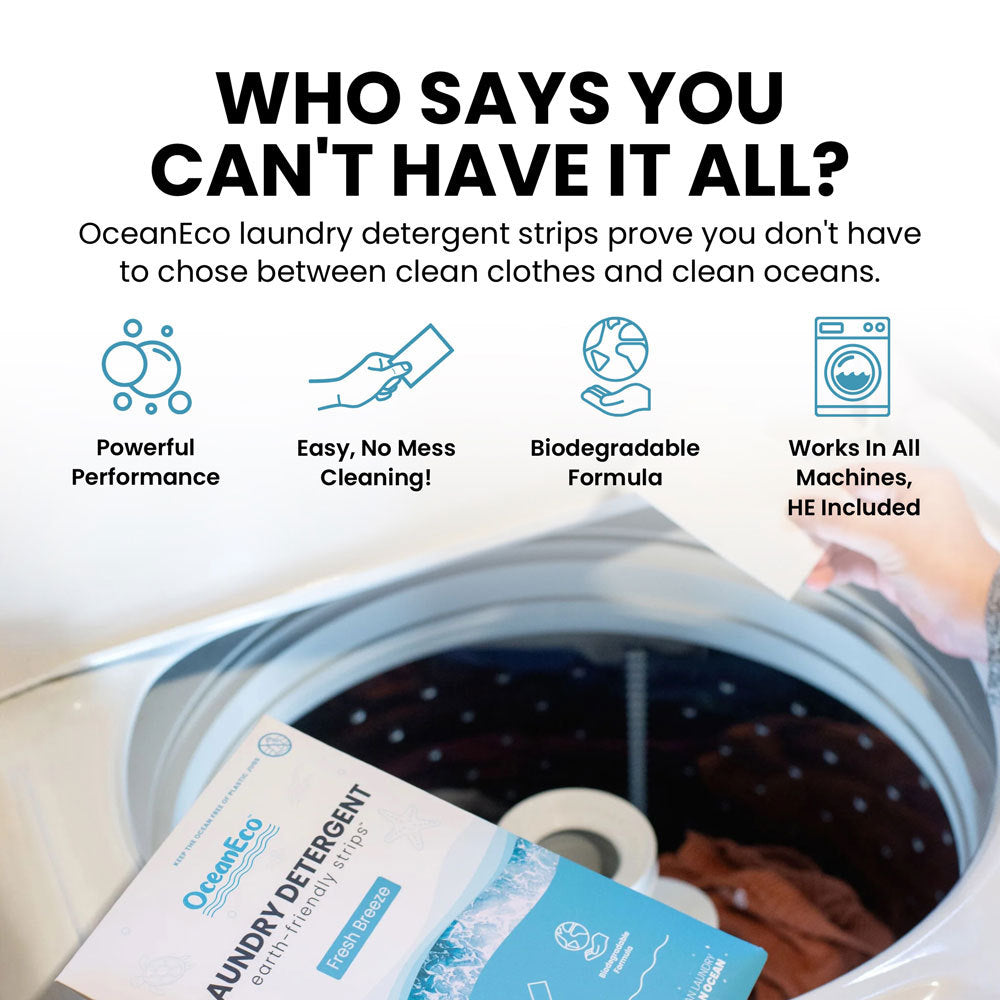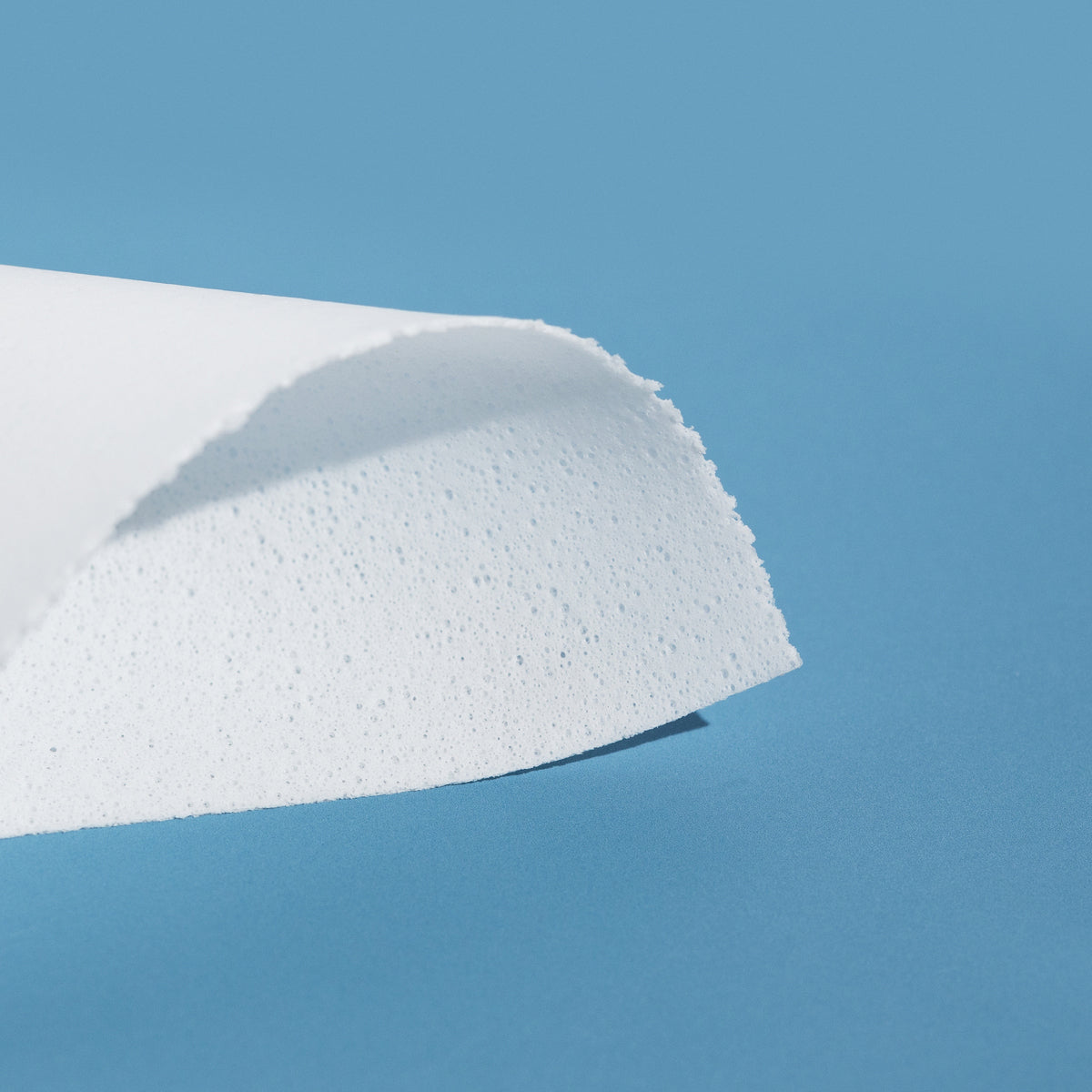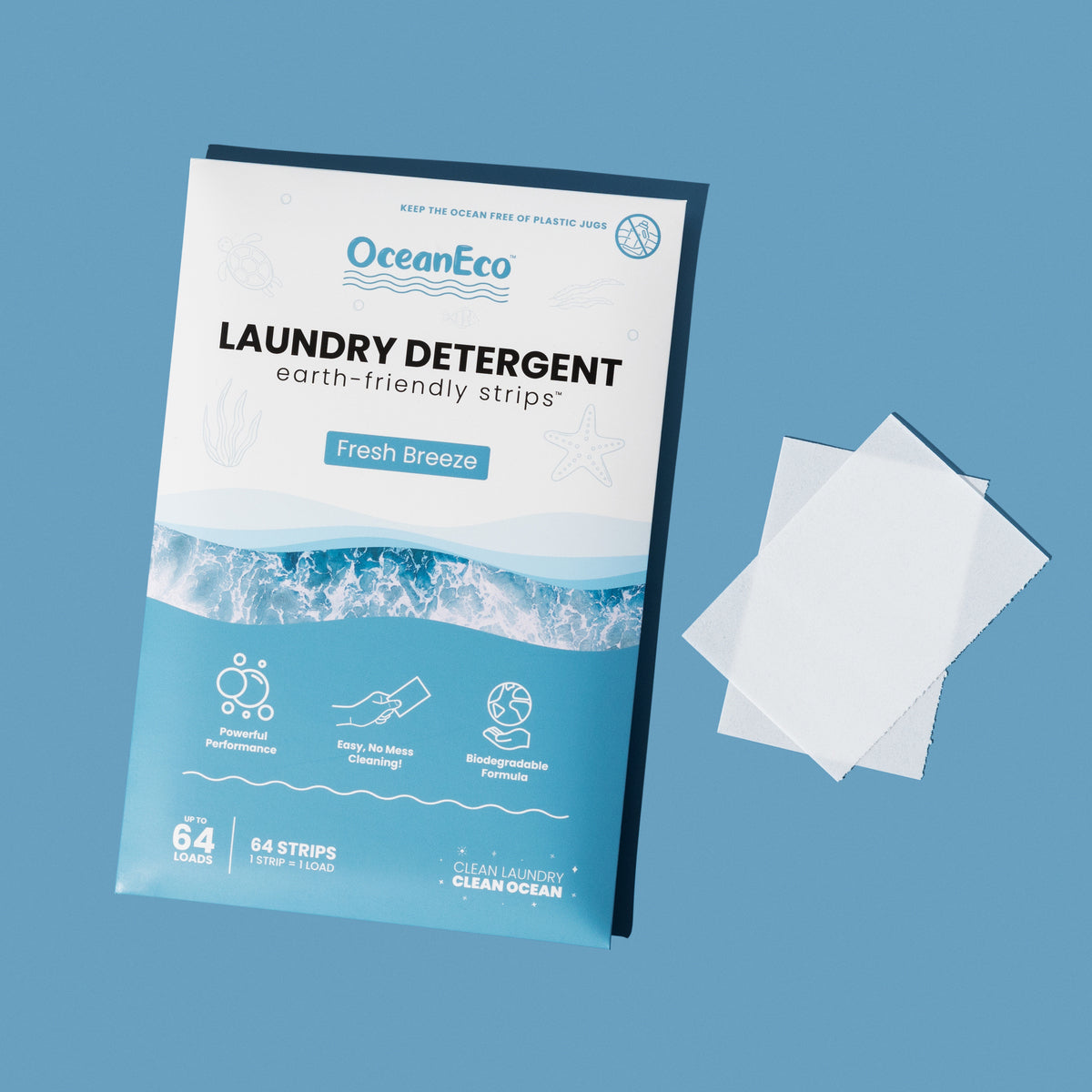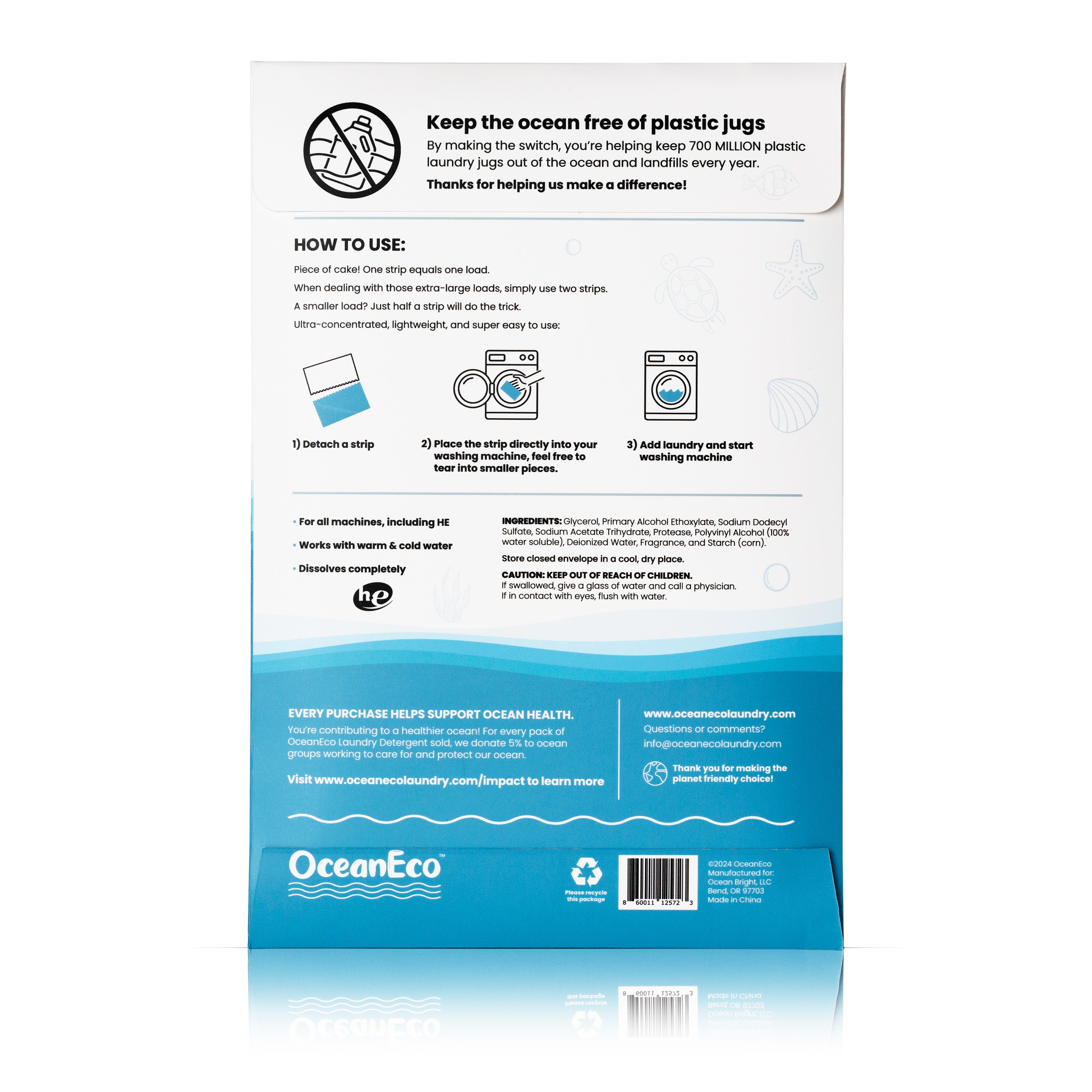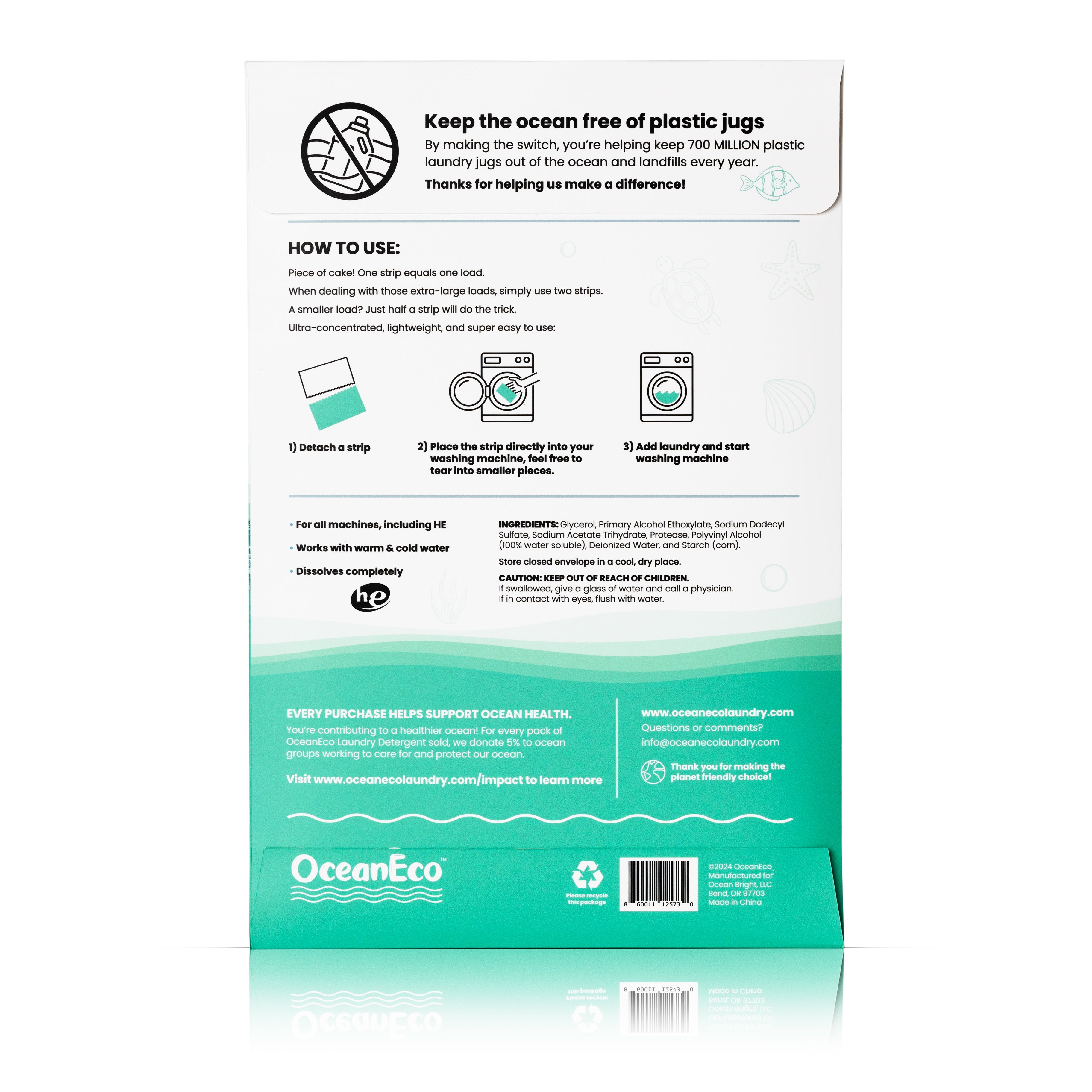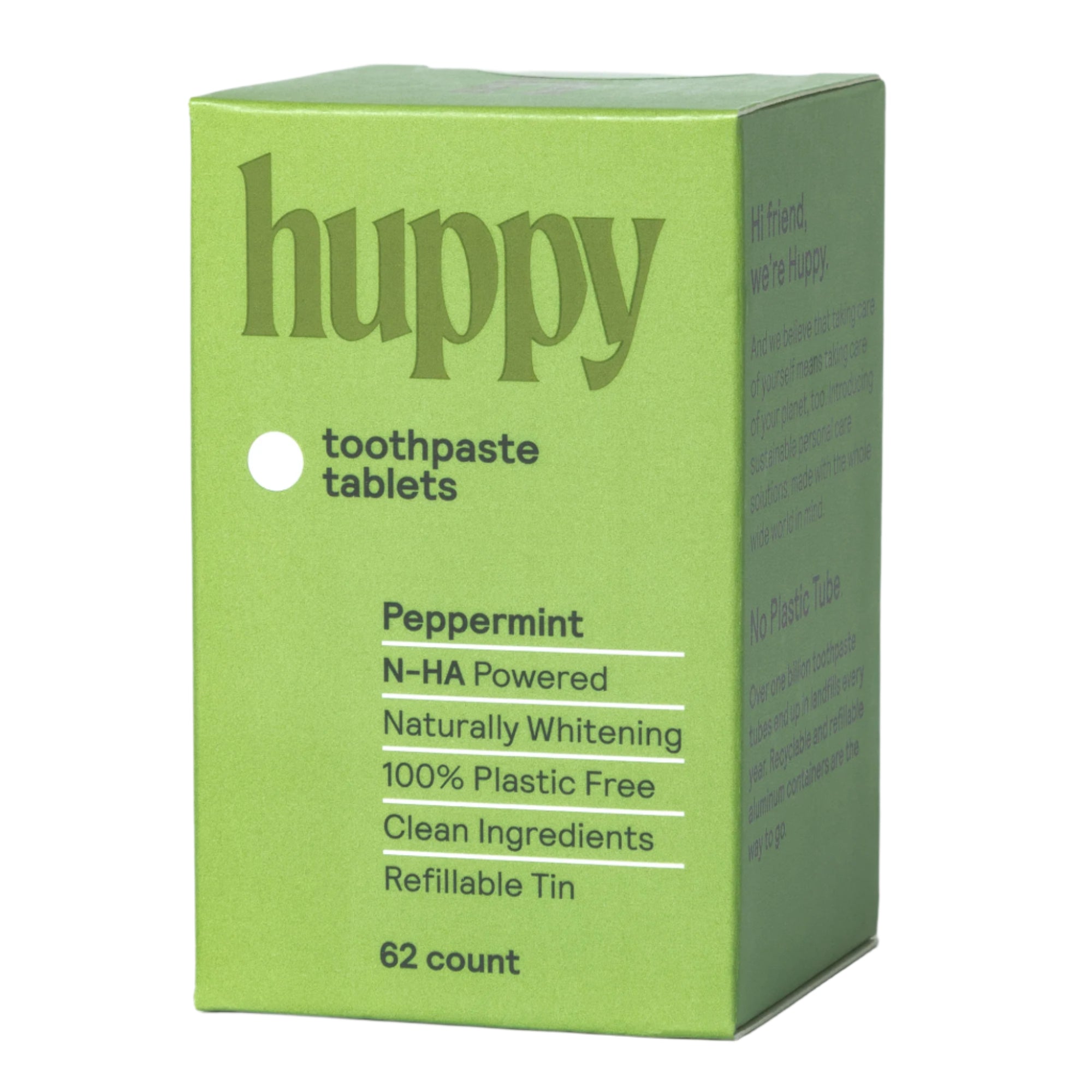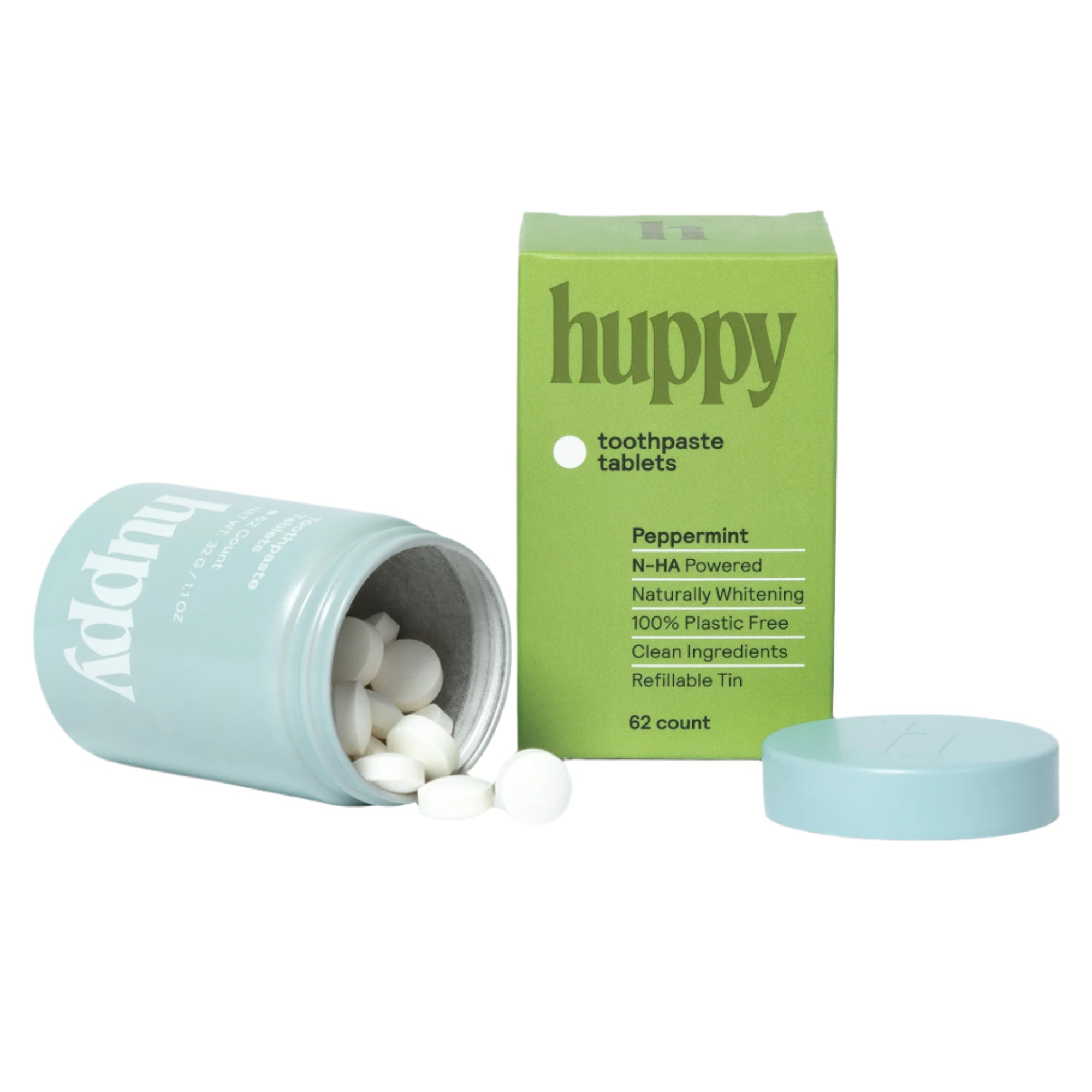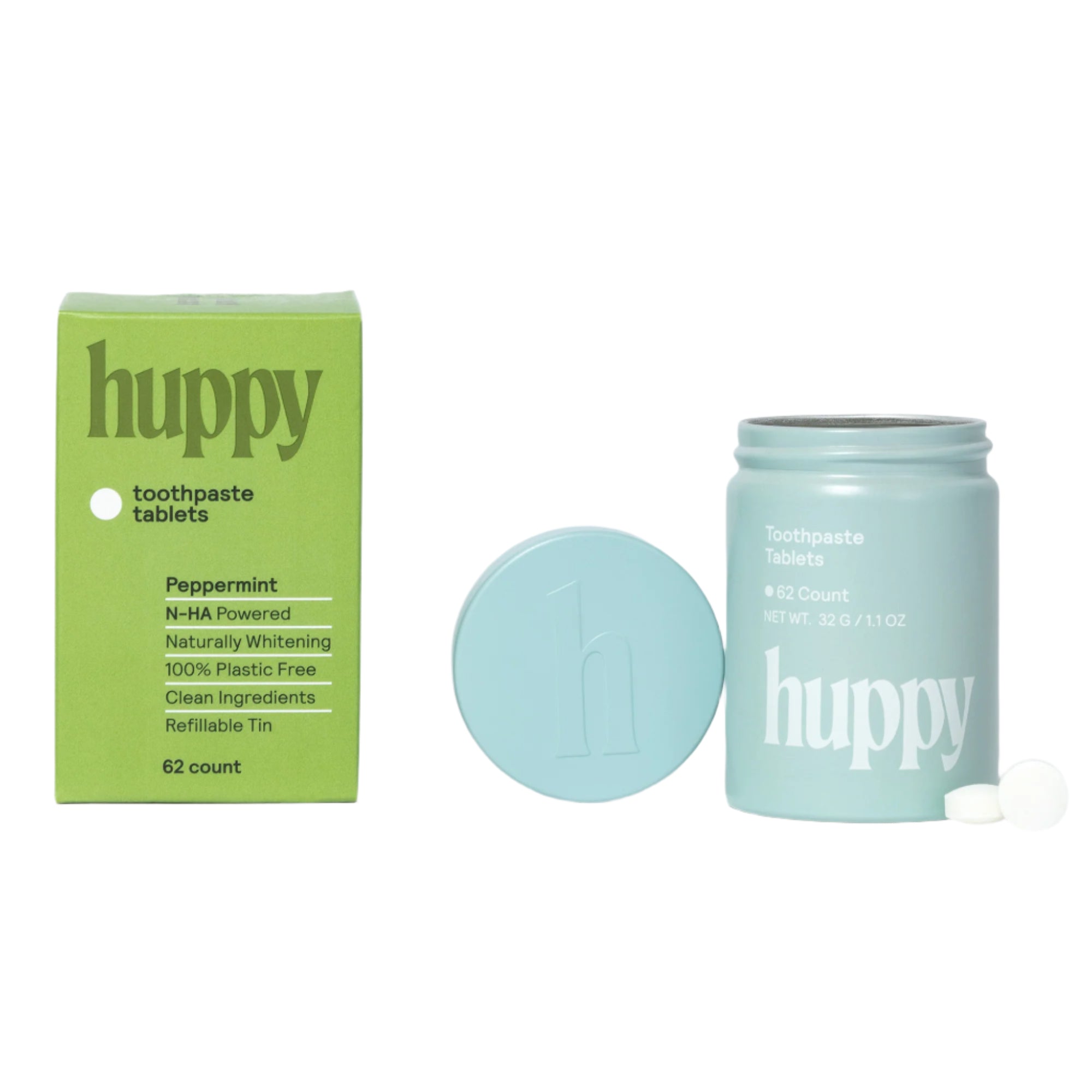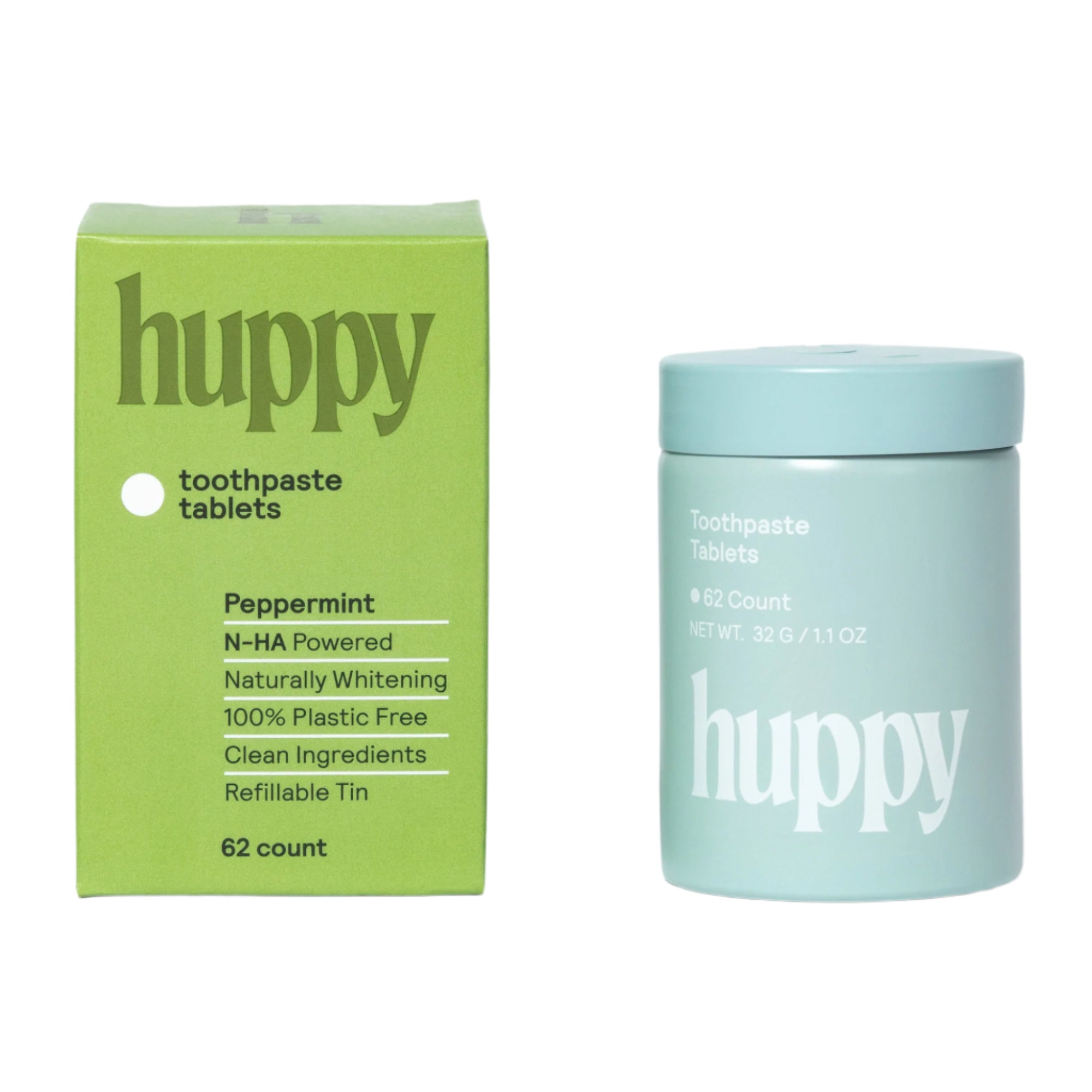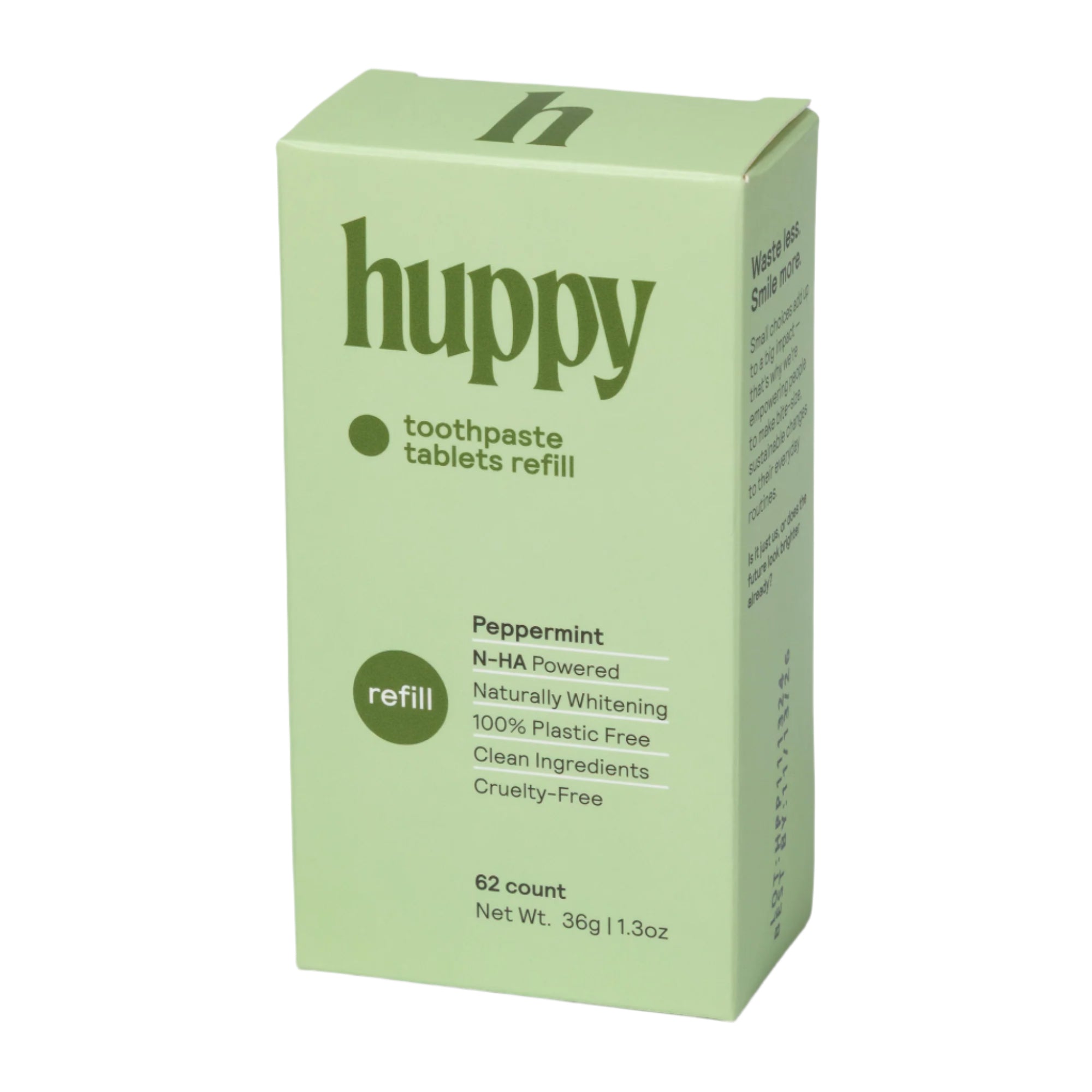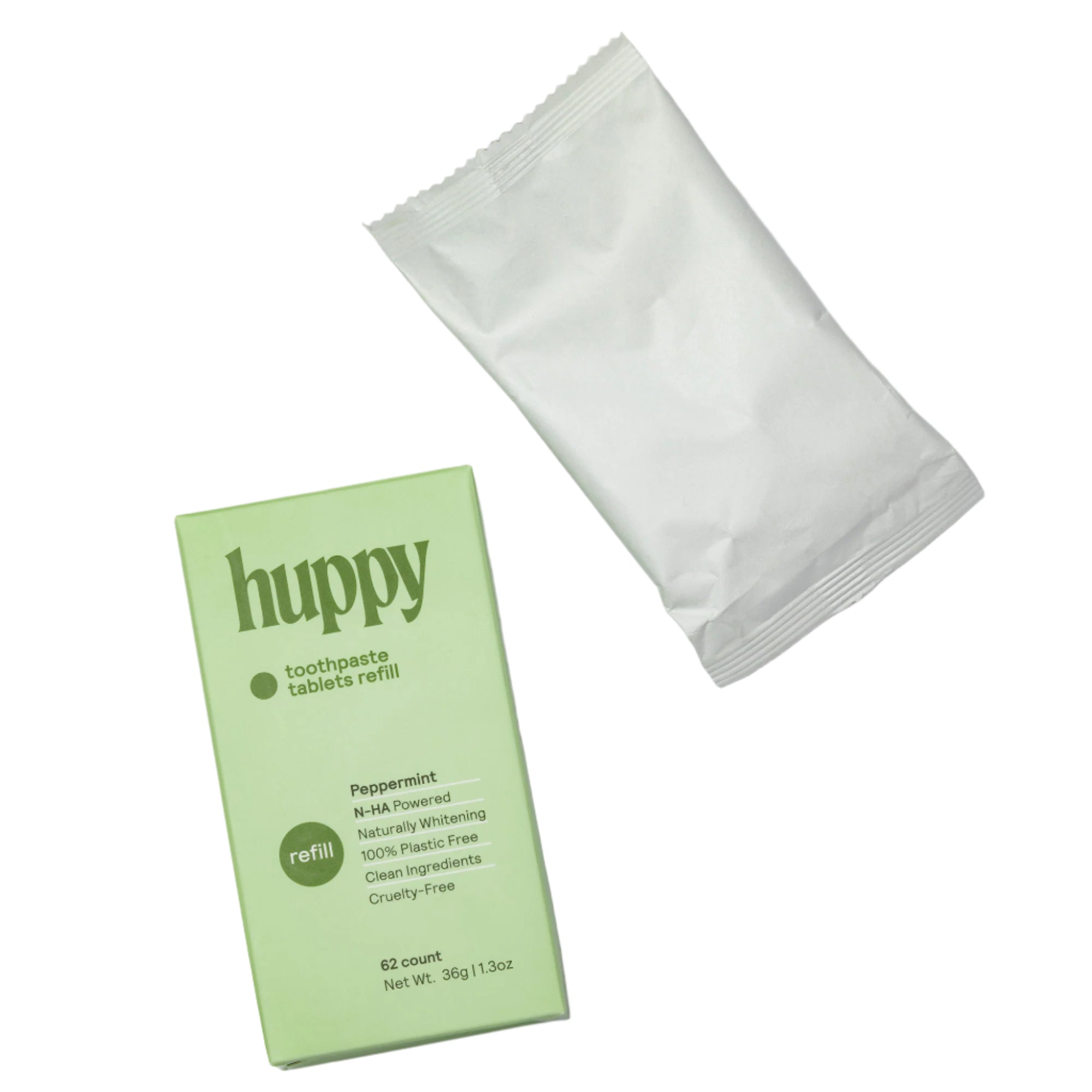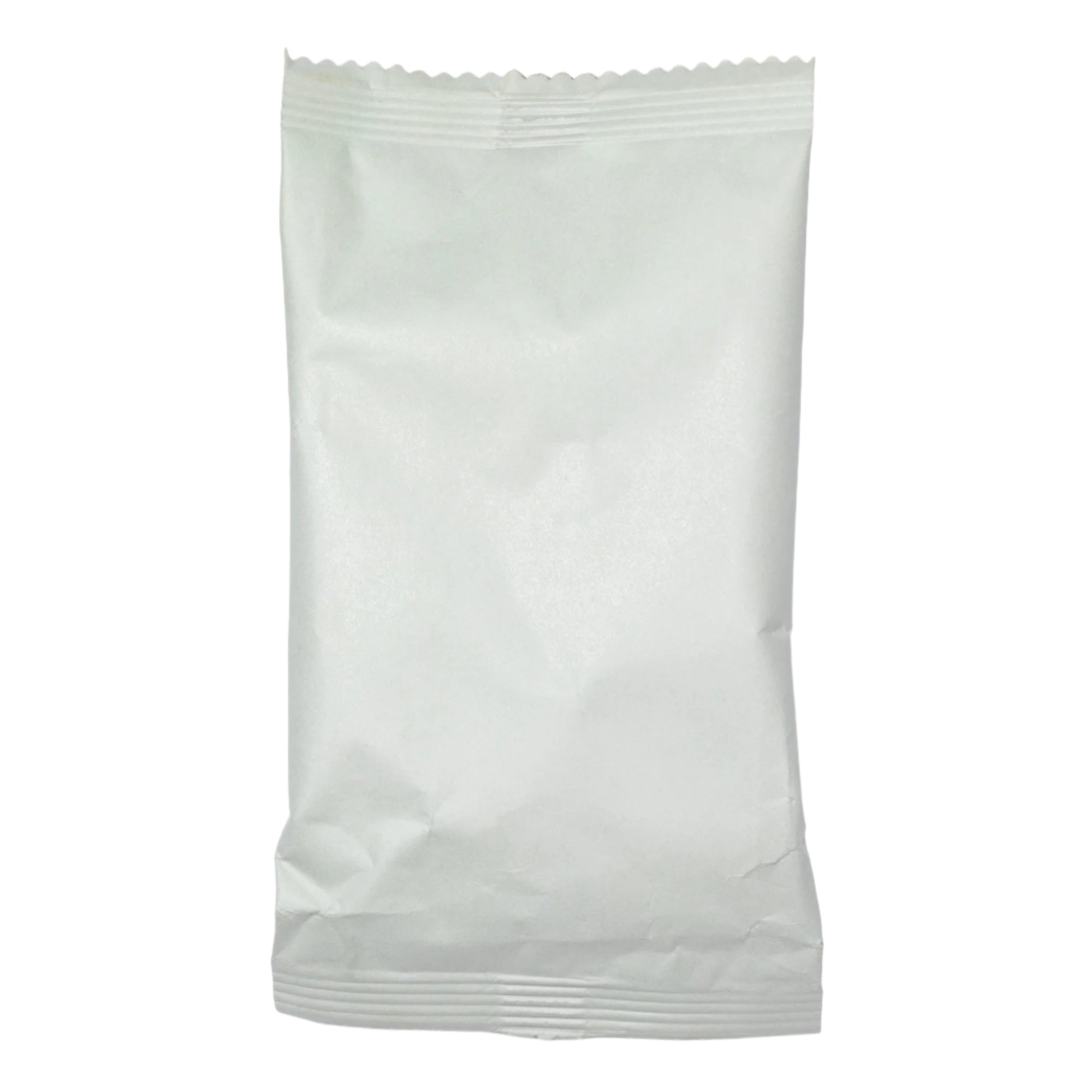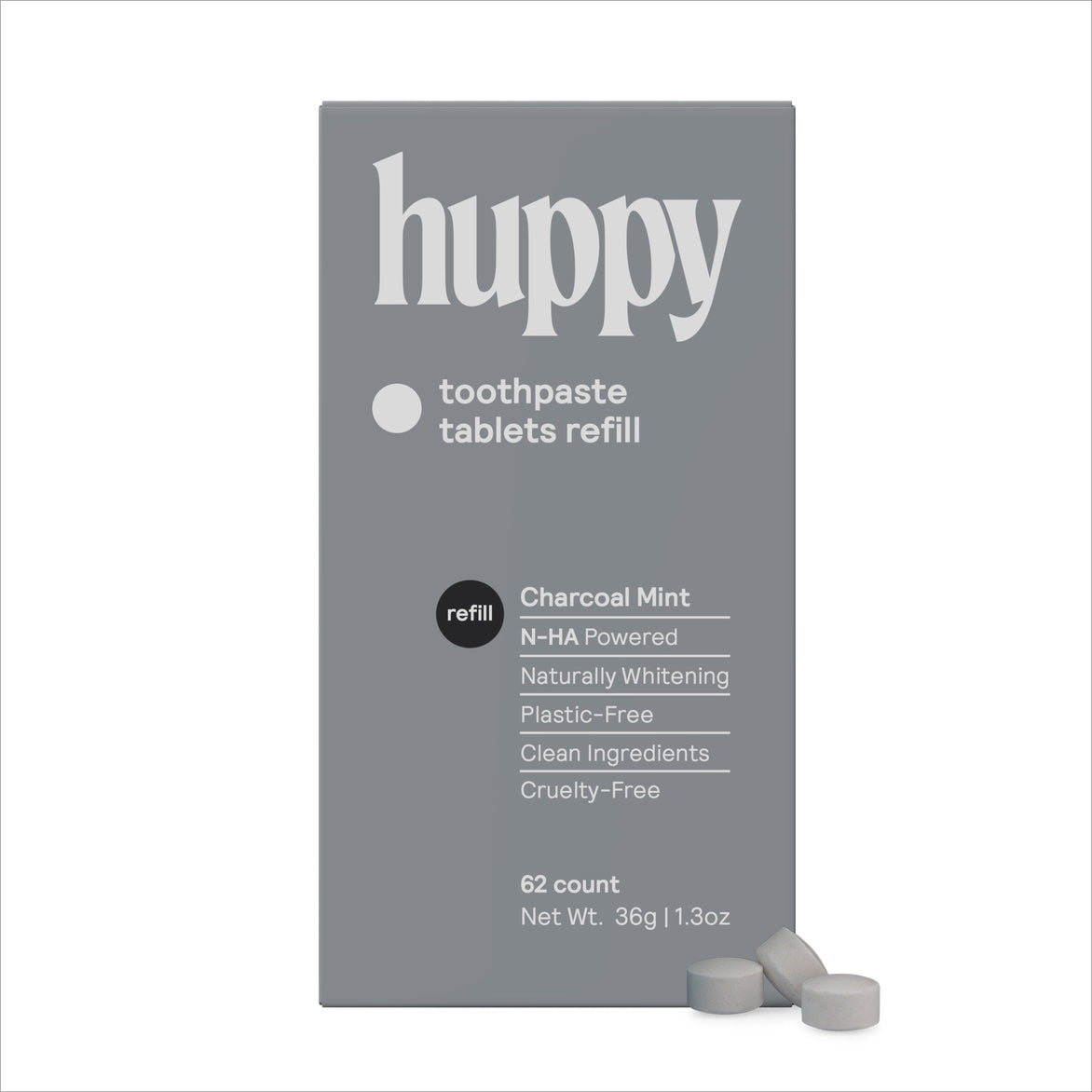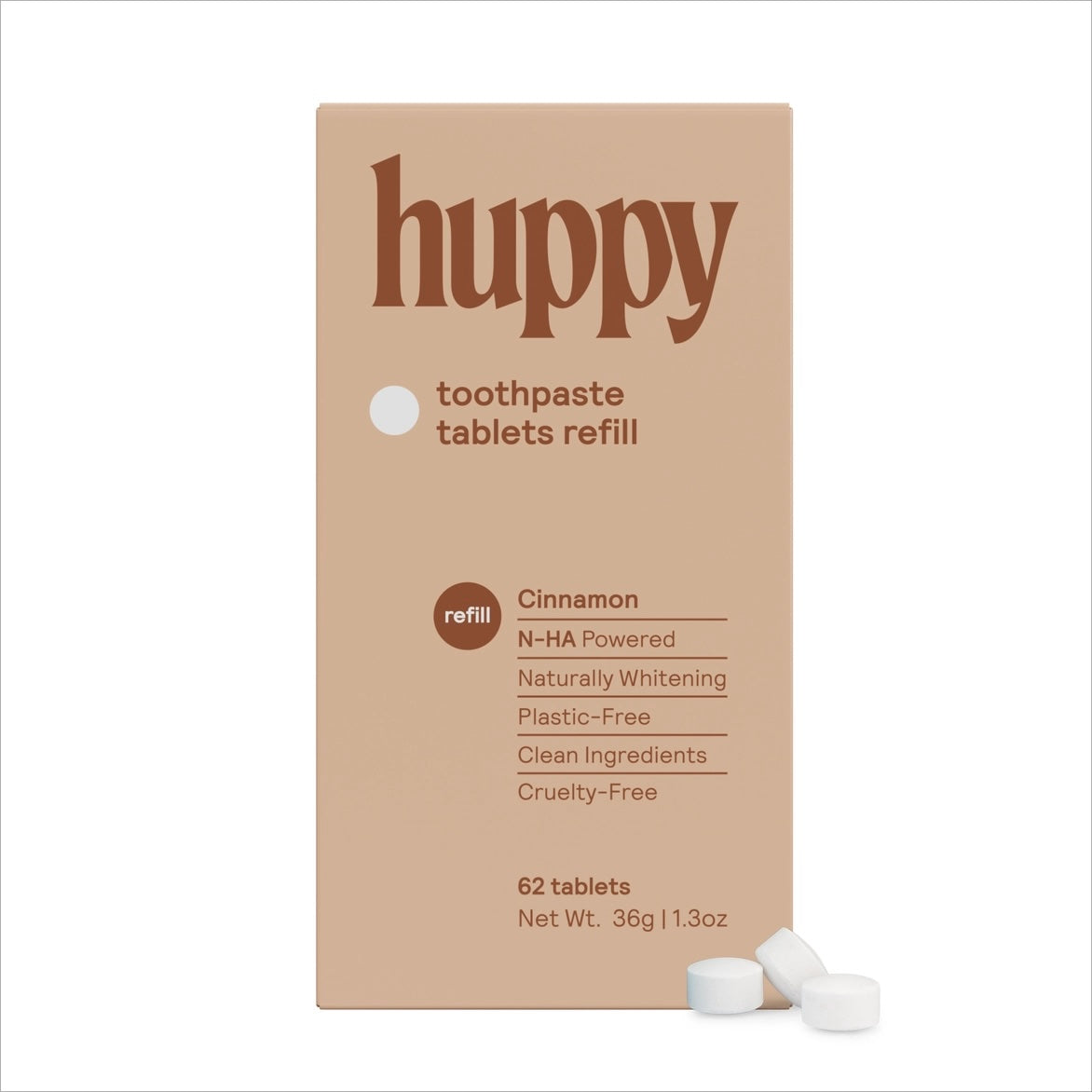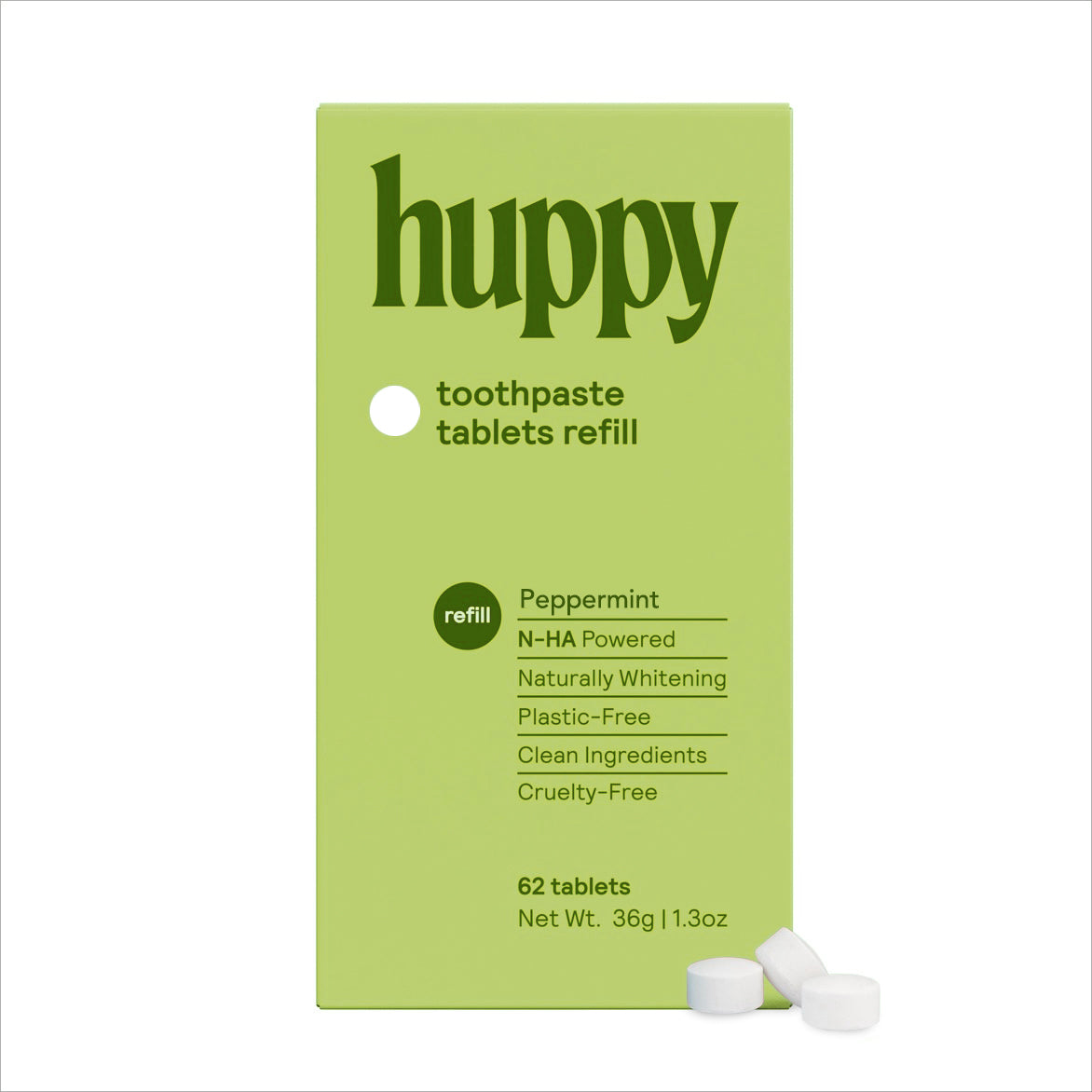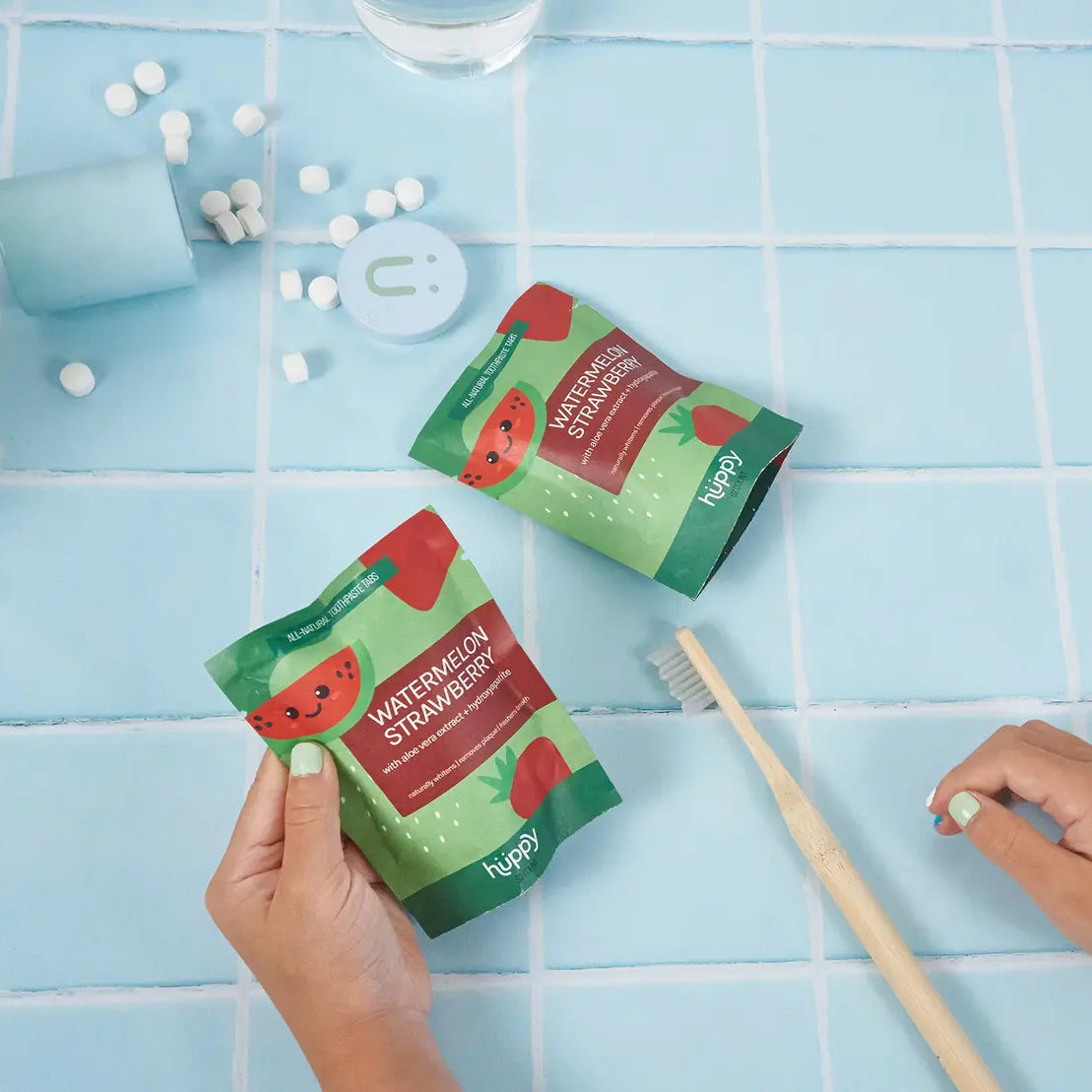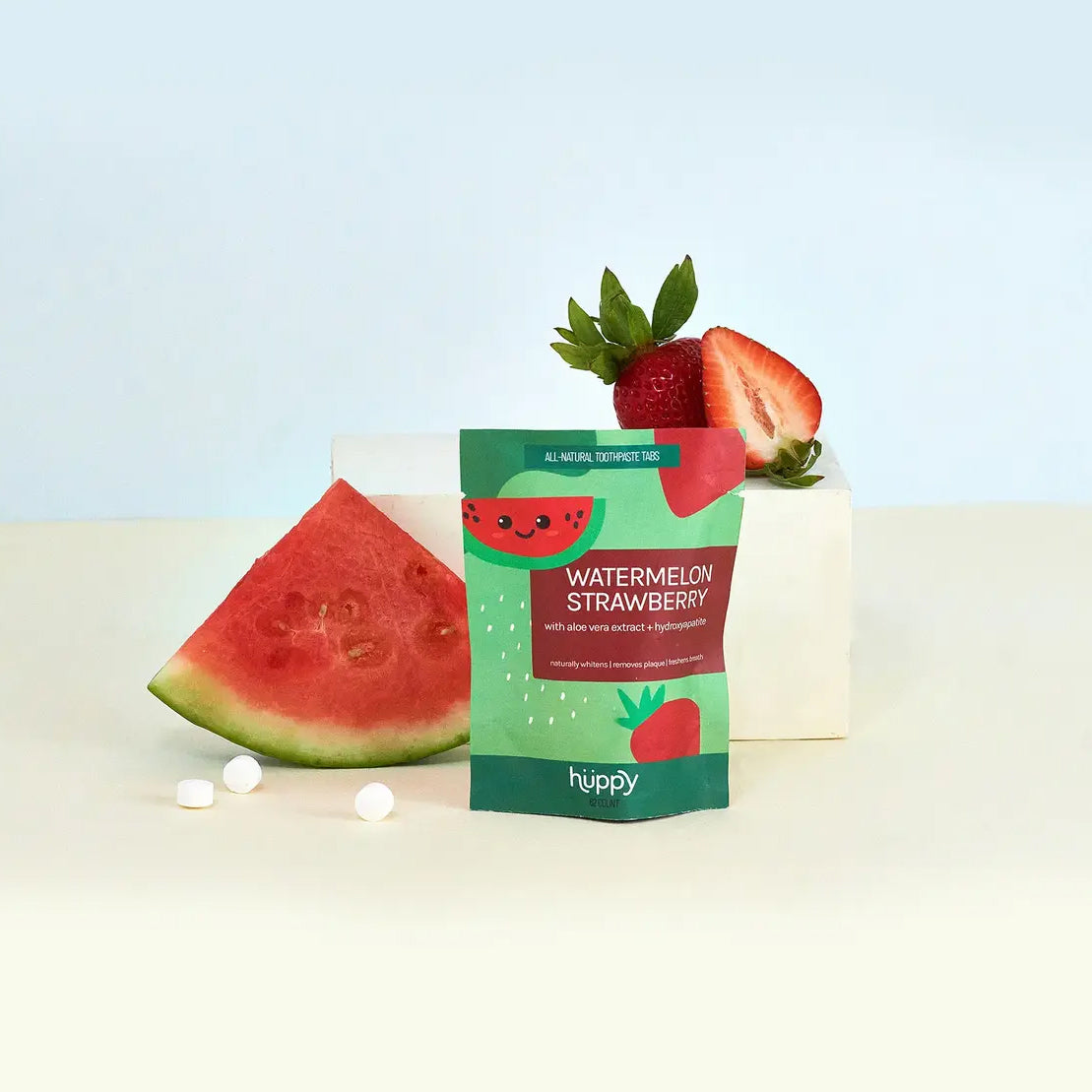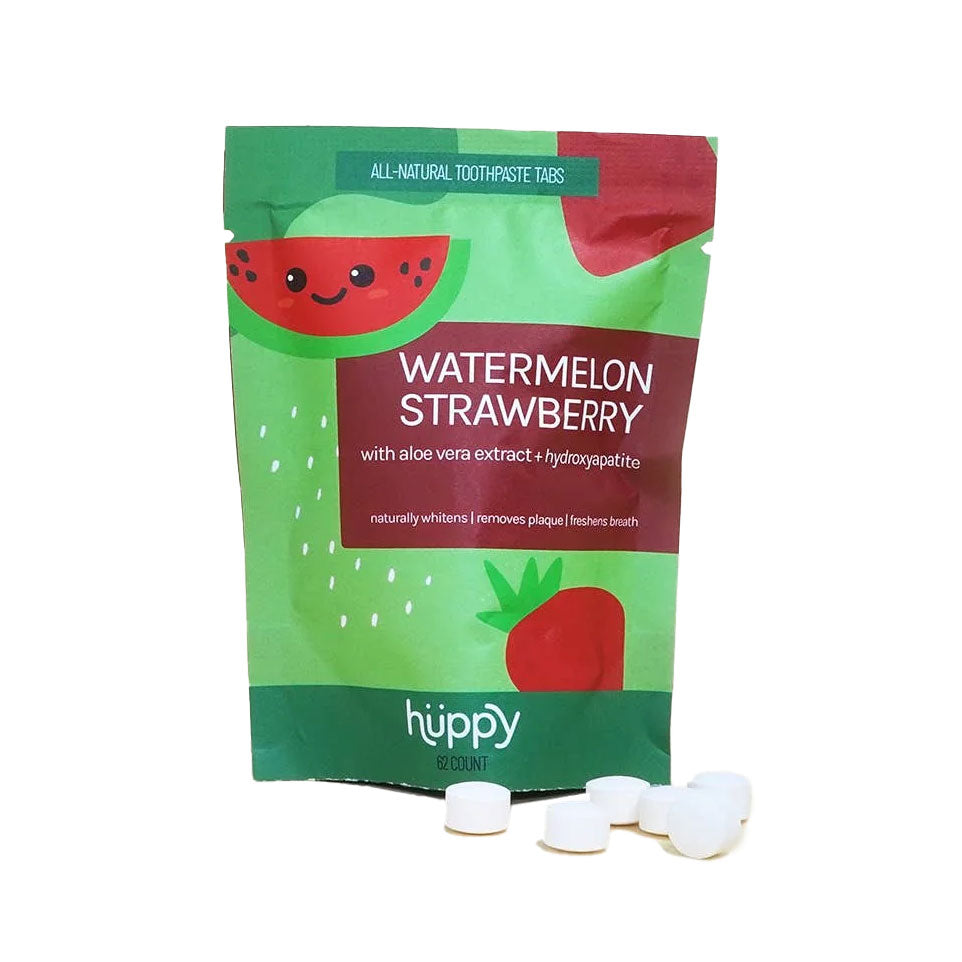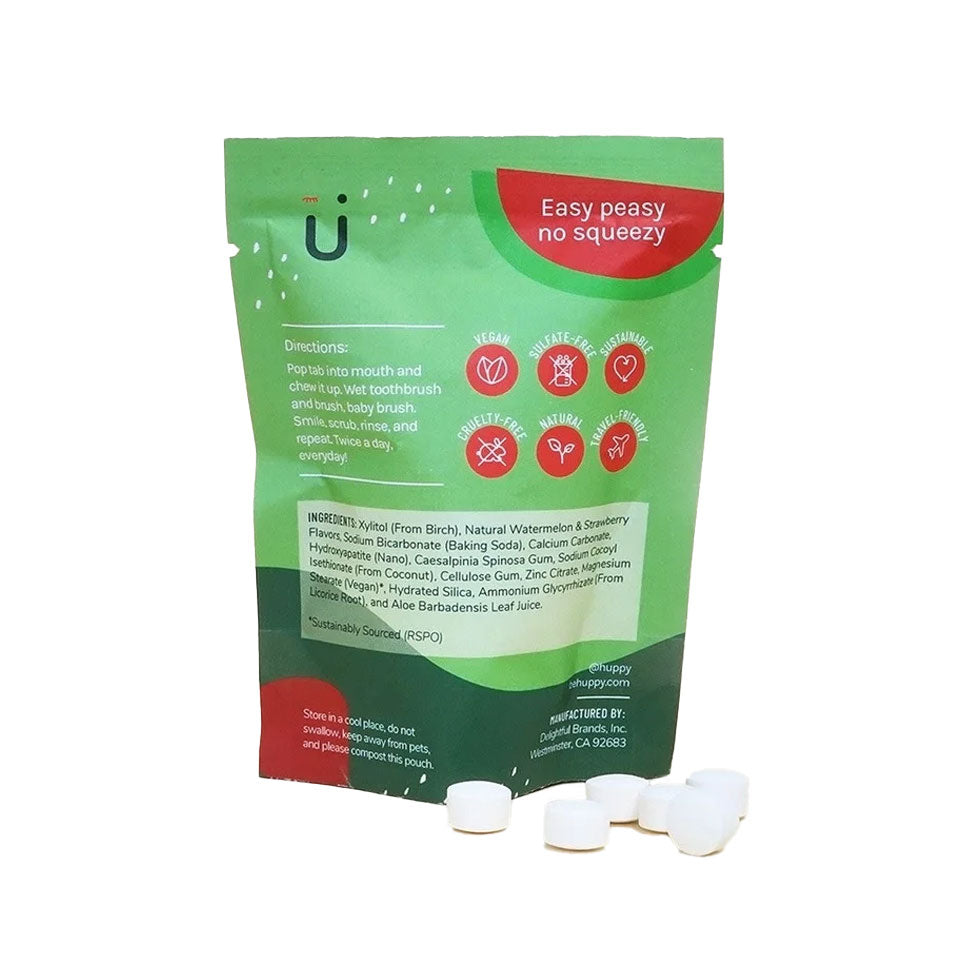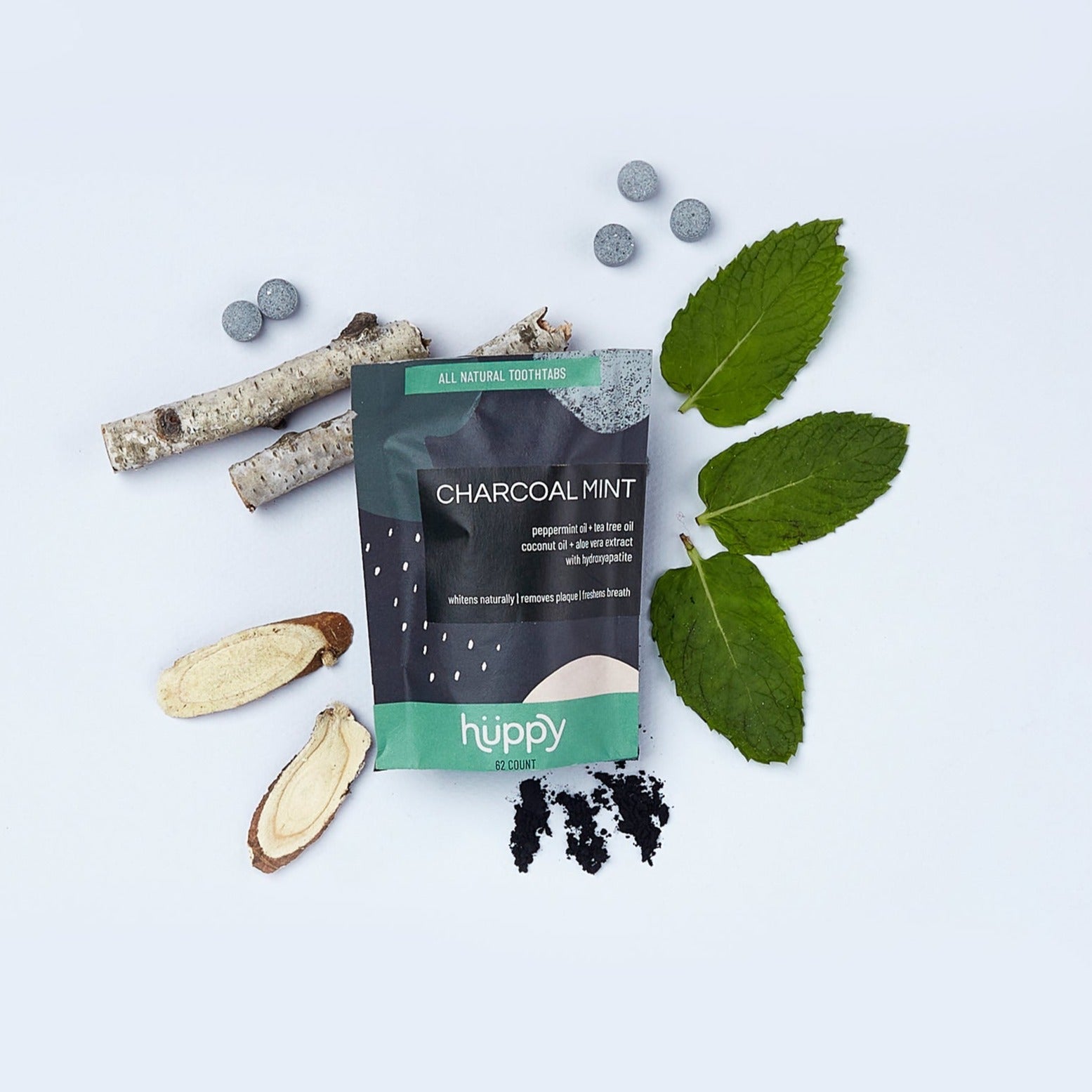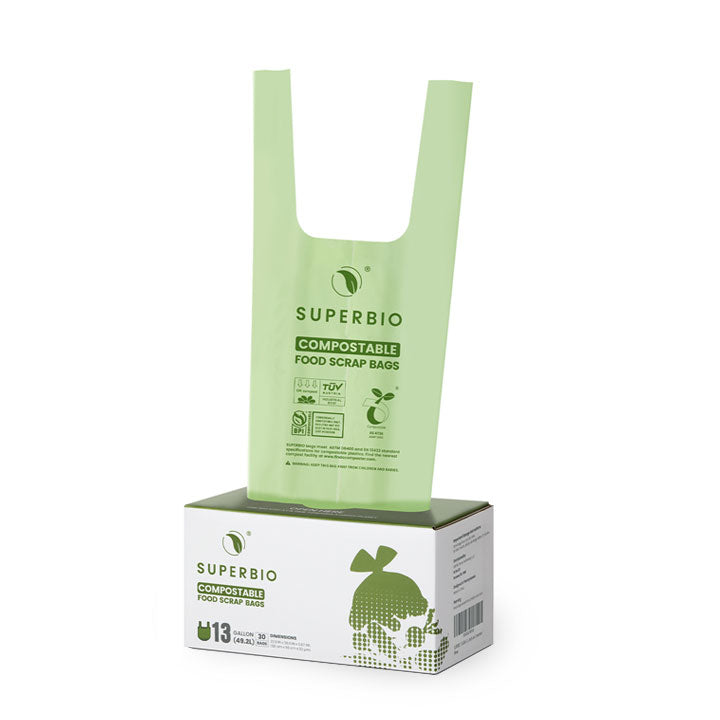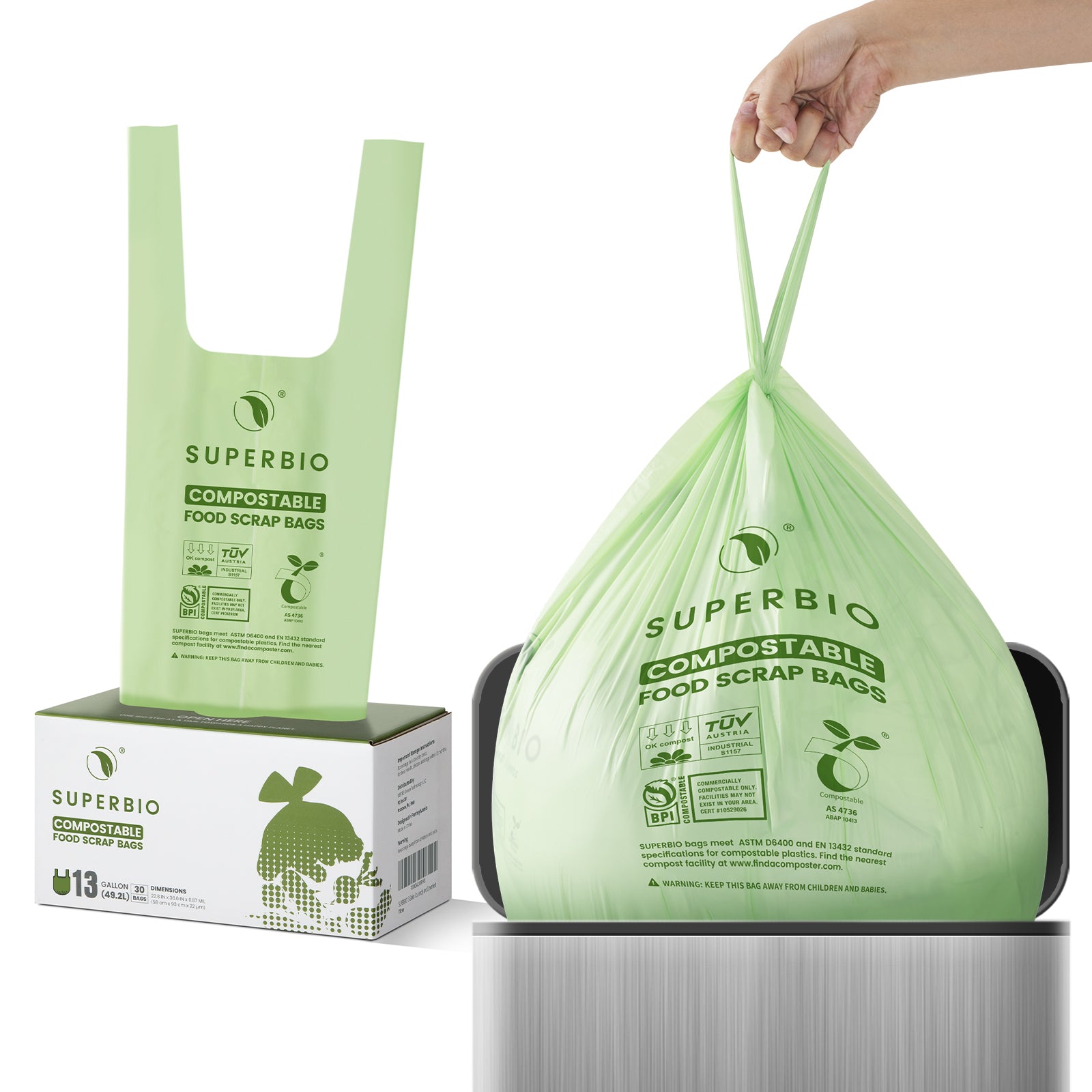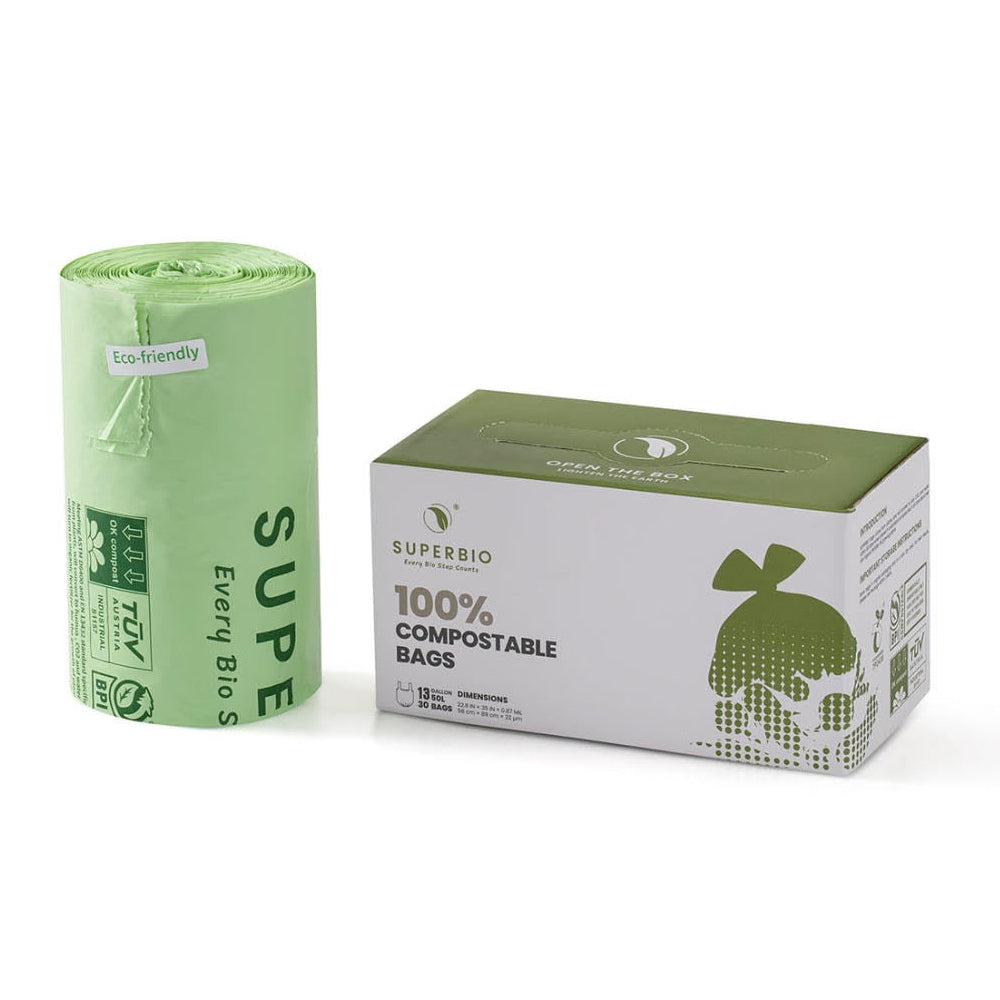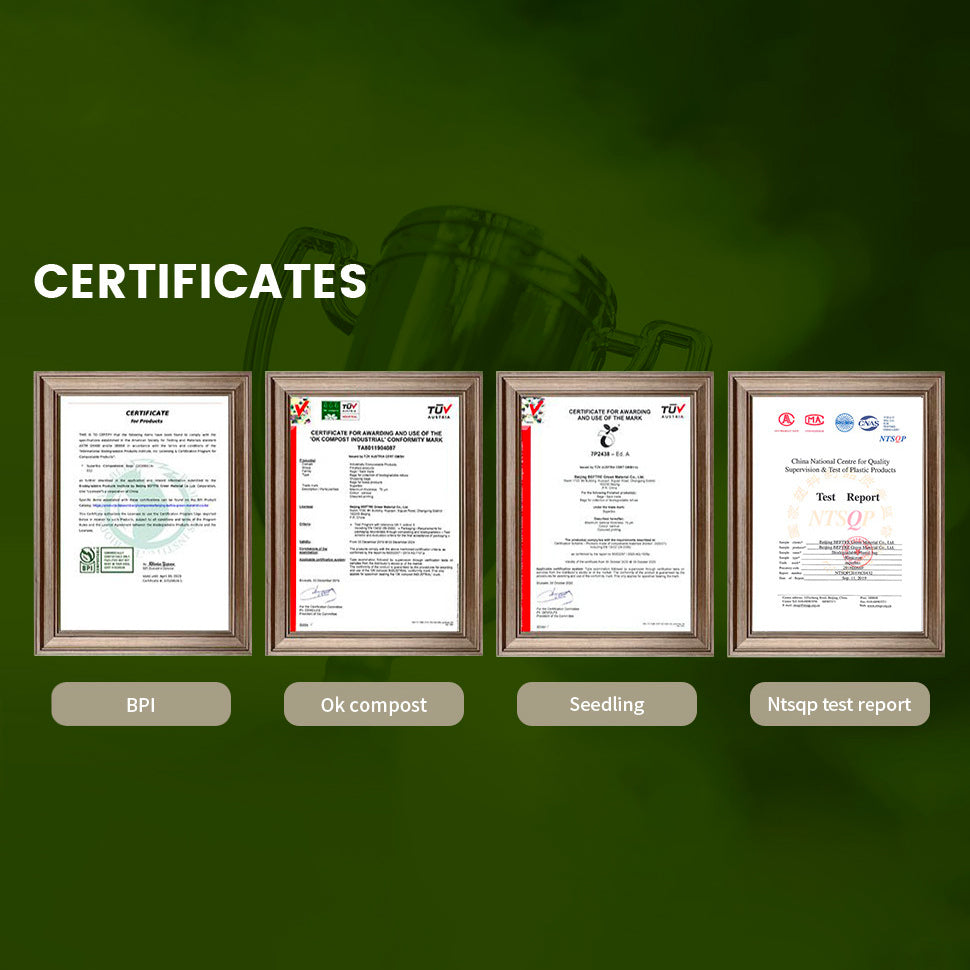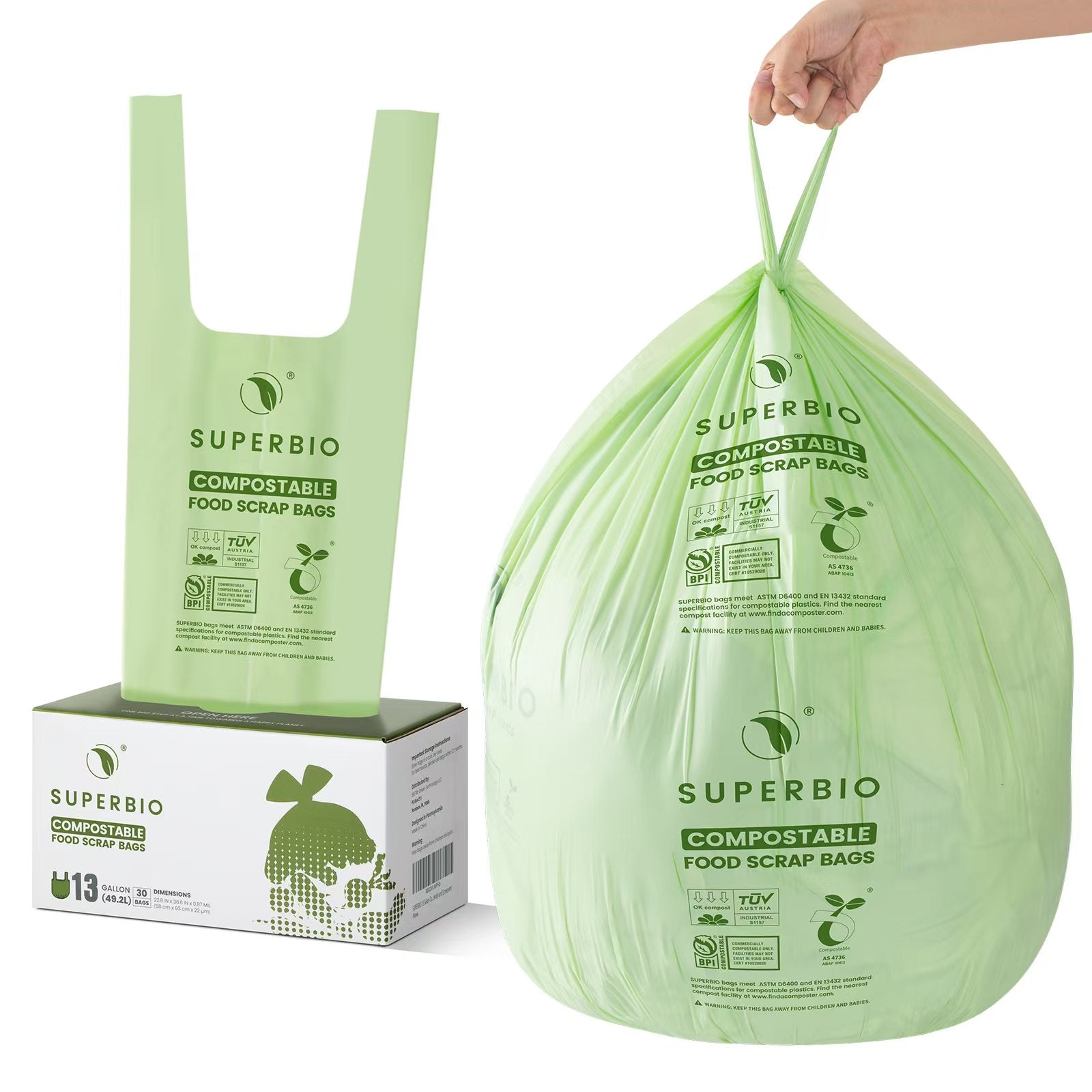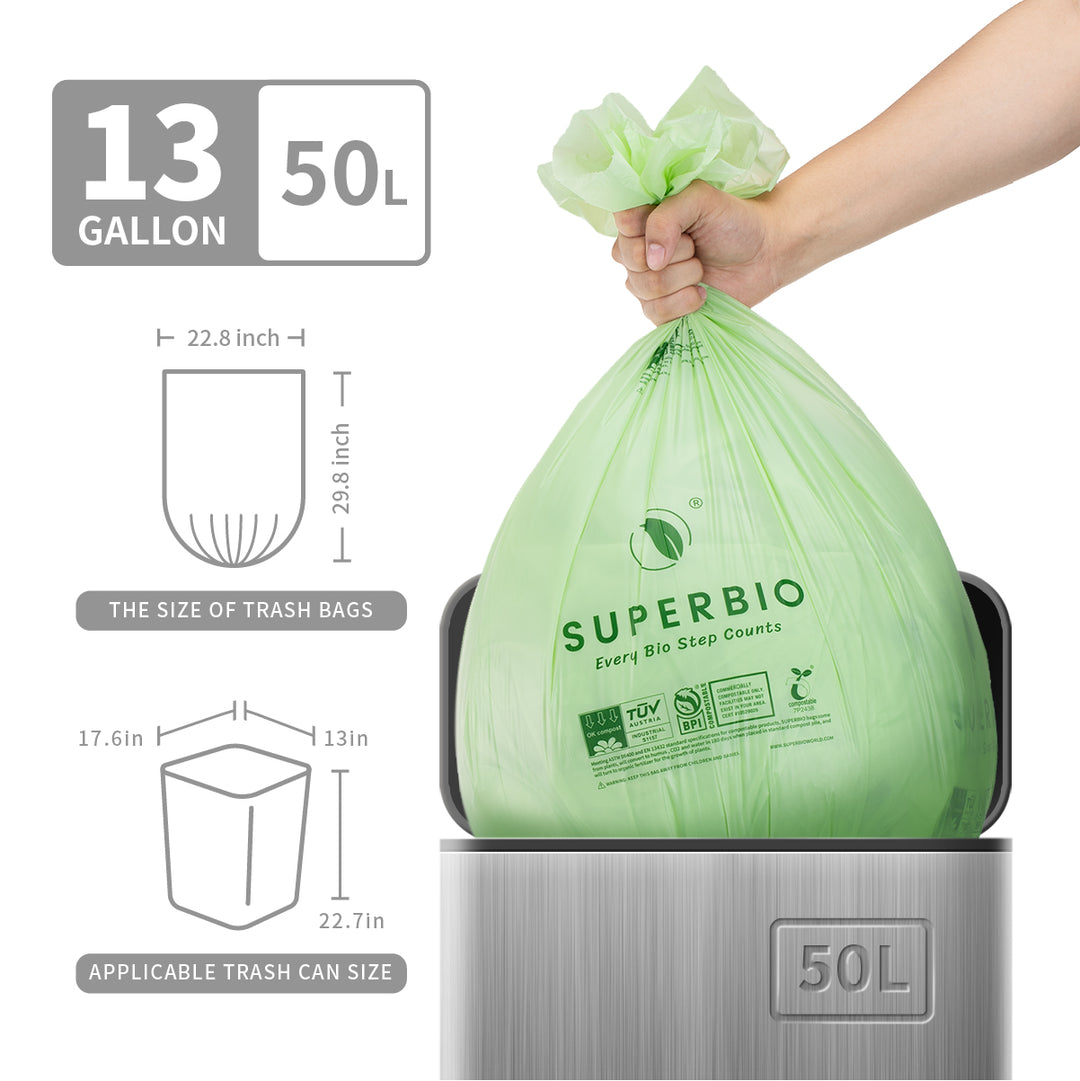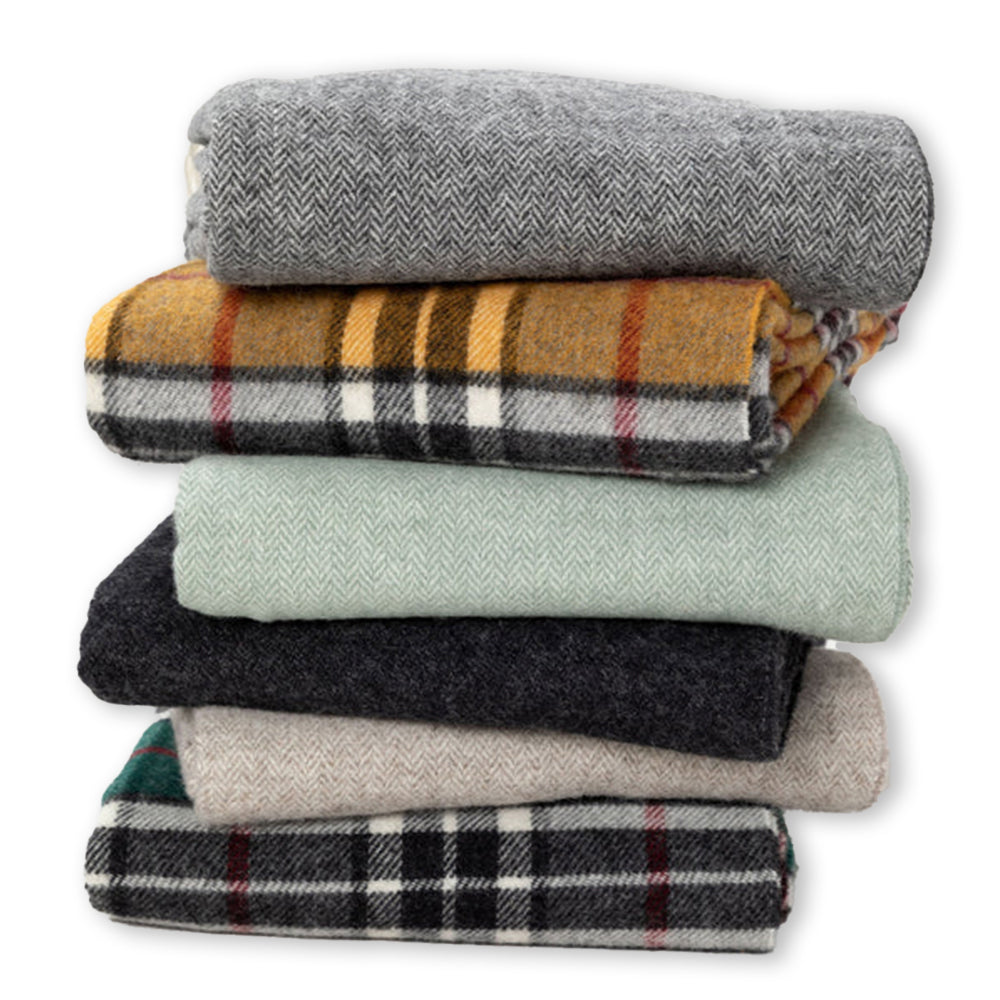Divers Find Two Rare Sea Slugs Hidden in Indonesia’s Reefs
The reefs of North Sulawesi, Indonesia, have yielded two rare and vividly patterned sea slug species. Known as Phyllidia ovata and Phyllidia fontjei, they belong to the wart sea slug family Phyllidiidae, a group famed for bright colors and sponge-derived toxins that deter predators.
Both were formally described after years of misidentification, thanks in large part to images shared by divers on citizen science platforms such as iNaturalist and NudiPixel, according to Earth.com.

Two rare sea slug species have been officially described from North Sulawesi.
The Egg-Shaped Phyllidia ovata
P. ovata is medium-sized, reaching up to 50 mm. Its white mantle is edged with a skirt of smaller tubercles, while the center is a clean black oval punctuated with large, yellow-tipped white cones. A black line runs along the foot’s underside, and the anus opens ventrally — a detail that sets it apart from lookalike species. The pattern has been recorded from Japan to Australia over more than two decades but was often confused with P. picta or P. coelestis, Pensoft reports.
These slugs inhabit coral reef walls and are often overlooked despite their colors. Limited sightings suggest they have specific habitat needs or low population densities.

Their bright colors on these sea slugs are linked to toxins taken from the sponges they eat.
The Tiny Phyllidia fontjei
By contrast, P. fontjei is diminutive at 16 mm, with a striking ringed pattern of orange, white, and black. Its dorsal surface lacks the prominent tubercles typical of many relatives, instead featuring three smooth ridges dusted with fine granules, according to the Miami Herald. Yellow-orange rhinophores rise from within the white ring. The underside is white with yellow-tipped oral tentacles, and the hyponotum is translucent, revealing a reddish digestive tract — likely from feeding on an orange sponge.
The species honors the late Dr. Fontje Kaligis of Sam Ratulangi University, whose work fostered international cooperation in marine biodiversity research. Histological examination of the holotype revealed a distinctive glandular oral tube used in feeding, along with a complex reproductive system documented in ZooKeys.

Diver photographs helped confirm their identity and range.
From Reef Walls to Research Papers
Both species were first collected by scuba divers in the Coral Triangle — a region of unmatched marine biodiversity spanning Indonesia, Malaysia, the Philippines, Papua New Guinea, the Solomon Islands, and Timor Leste. Photos from as far back as 20 years ago were reassessed once genetic analysis confirmed these slugs were distinct species.
The distribution of P. ovata runs through the Western Pacific, while P. fontjei extends west into the eastern Indian Ocean, including the Andaman Sea. Despite their wide potential ranges, both remain rare finds compared to other Indo-Pacific Phyllidia, as noted by SciTechDaily.

These discoveries highlight the Coral Triangle’s biodiversity.
Divers as Data Collectors
The discoveries underscore the role of non-scientists in marine research. Divers’ photographs filled critical gaps, providing location and appearance data when physical specimens were scarce. This open collaboration helped scientists extend known ranges, refine identifications, and add two more names to the rich biodiversity record of North Sulawesi’s reefs.


























































































